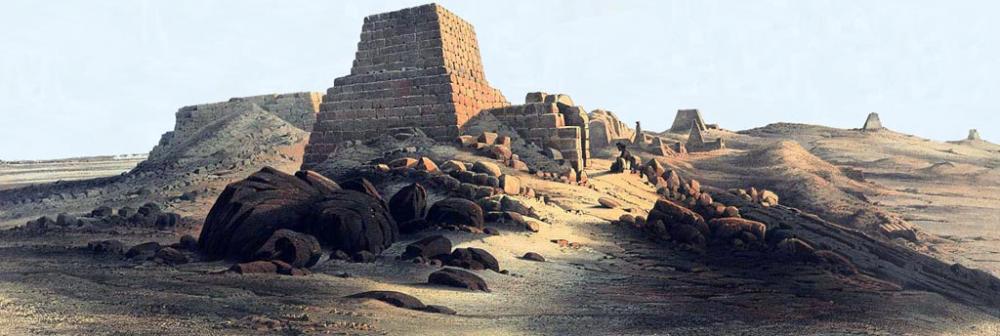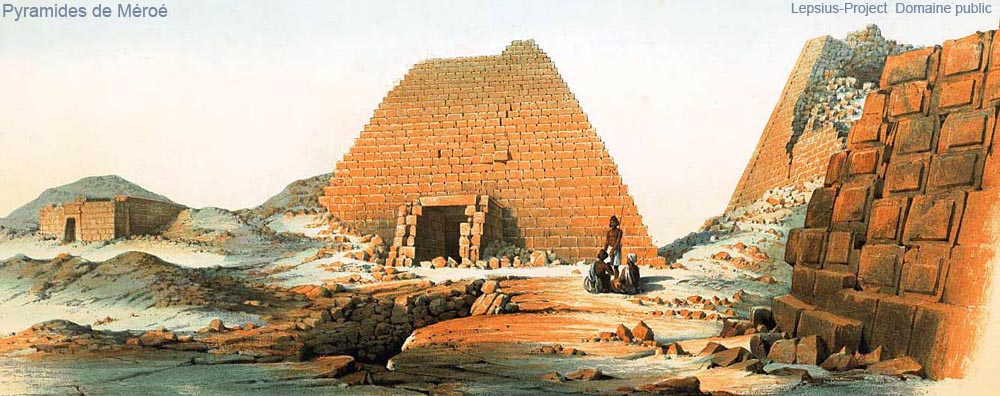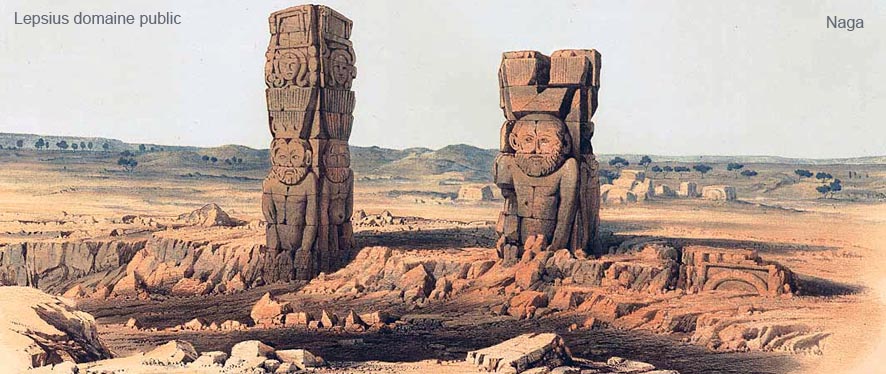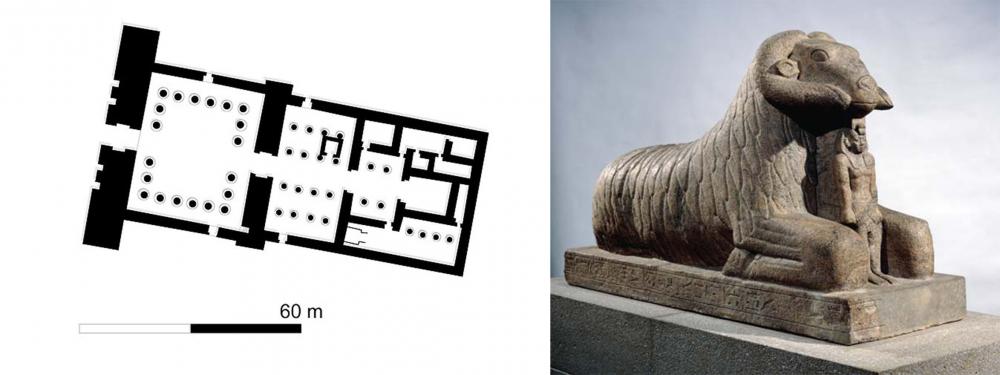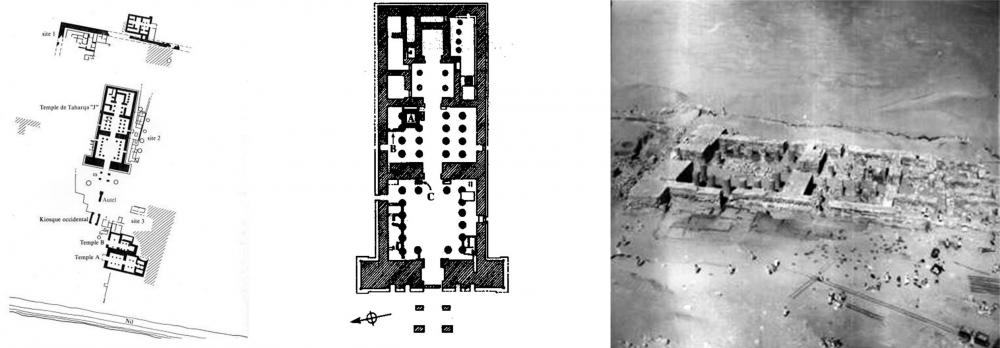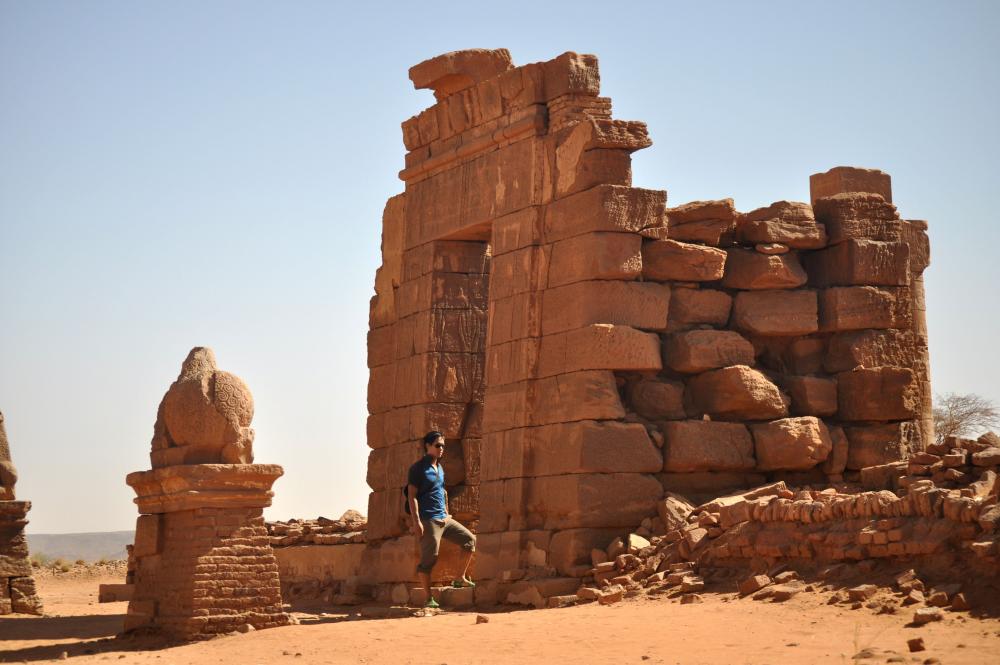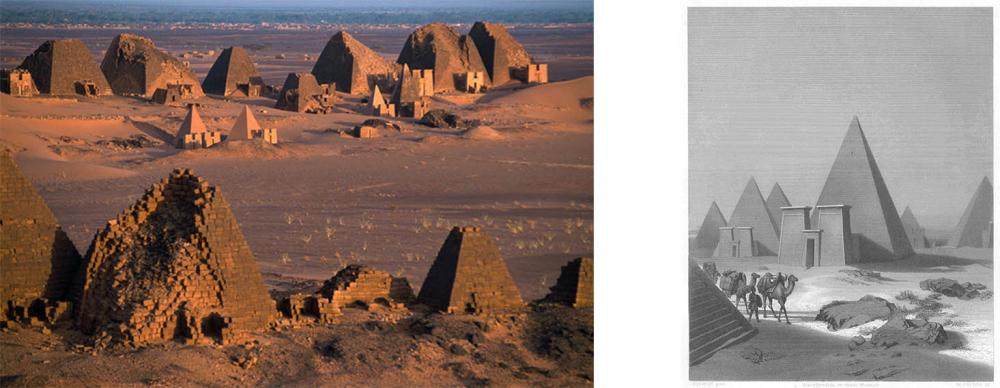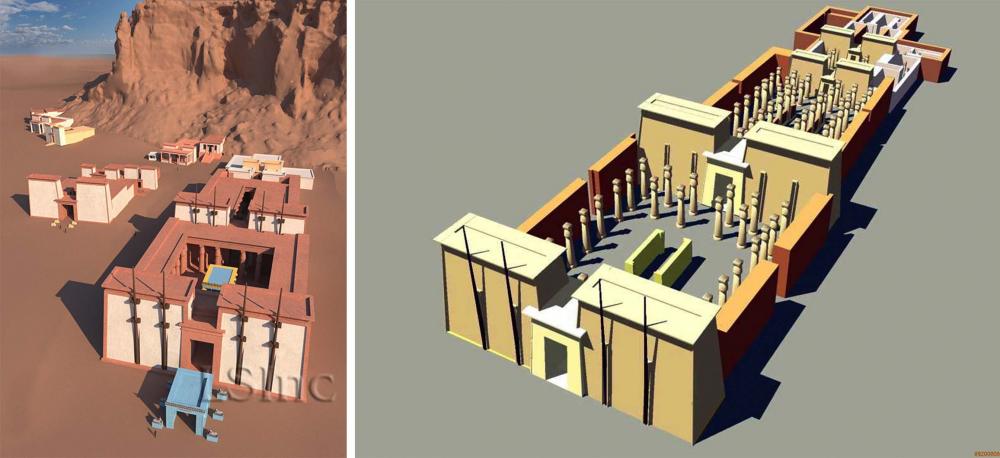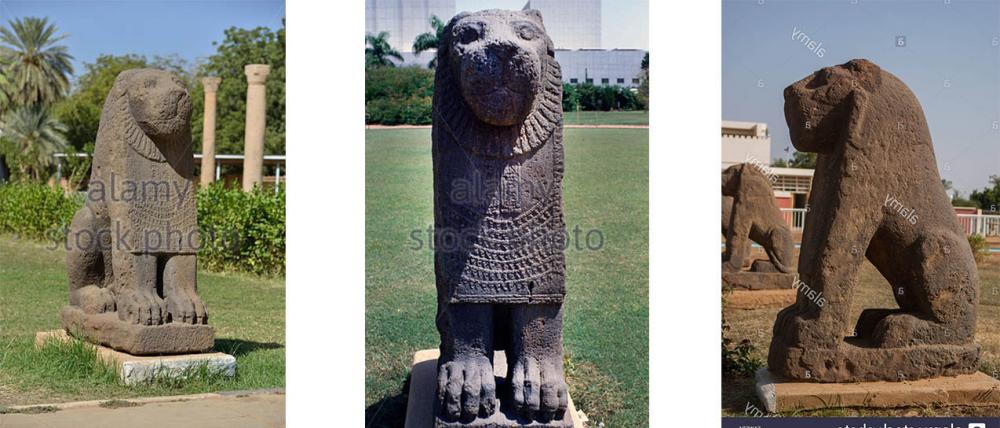-
Posts
2.332 -
Joined
-
Last visited
-
Days Won
60
Everything posted by Sundiata
-
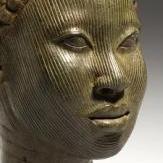
Take Dropsite Away from Civic Center
Sundiata replied to wowgetoffyourcellphone's topic in Gameplay Discussion
What about calling the slaves "laborers" instead, representing slaves, as well as indentured laborers, landless farmers, dispossessed minorities and convicted criminals. Just an idea (a little less politically insensitive, and more historically accurate). Some civilizations made extensive use of slaves, others barely, so that would also solve that issue, seen as everybody made use of laborers in one way or another. Maybe the "type" of laborer could depend on the type of resource you're collecting, the drop-site you're recruiting from or what civilization you're playing: "farmers" from farms, "slaves" from mines, "regular laborer" for wood cutting and building from regular drop-sites. Or something like that? -

wowgetoffyourcellphone's gameplay design
Sundiata replied to wowgetoffyourcellphone's topic in Gameplay Discussion
I think Servo definitely has a point, in making sure that people who play predominantly in single player should be able to get the most out of the game. Sometimes there seems to be an unhealthy infatuation with the online game. This obsession with making everything as streamlined and competitive as possible might actually lead to limiting options, and taking away enjoyable content from the mass of offline players who enjoy the freedom to take the game where-ever they want to take it. The game in itself is very moddable for a modder, but let's not forget the possibilities of "in game" modding. The ability to customize your civ the way you like it, and I think this includes the choice between battalions, and no battalions, and the ability to add or subtract individual units from these battalions. The way the AI will make use of these new features and how players adapt to this is indeed quite relevant (every aspect of the game is interconnected with every other aspect of the game). -

The Kingdom of Kush: A proper introduction [Illustrated]
Sundiata replied to Sundiata's topic in Official tasks
Kushites through the eyes of others Greek depictions of black Africans, presumably of Sudanic ancestry: 2nd century bc head of an African possibly manufactured in Turkey "Bigio Morata" Vase in the shape of the head of an elderly black man greek c 530 bce terracotta 17.7 cm museum of fine arts boston department of classical art Aryballos in the form of an African The Walters art museum, 5th century greek, reminiscent of Sotades Attic vase, Sotades' style Red-Figure Horn-Shaped Rhyton depicting a crocodile attacking a Nubian, Greek, c.350 BC (clay). Sotades (fl. 350 BC) An "Ethiopian" soldier in the Persian army. Attic black-figure white-ground alabstron, ca. 480 BC Caeretan Hydria showing Herakles and Busiris with "Egyptians" Attic Greek vase depicting Memnon with ethiopian clubmen and archer. Memnon was an "Ethiopian" King and ally of Troy, killed by Achilles in the Trojan war. Ethiopian king memnon with some of his men Detail of one of Memnon's Soldiers The Departure of Memnon for Troy, Greek, circa 550-525 B.C. Greek coin, uncertain mint, Hemistater 5th century BC "This fine statuette shows the careful observation that reflects firsthand knowledge of the subject. The distinctive garment is characteristic of artisans, especially those working in the heat of a foundry, forge, or brazier" 2nd 3d century BC Kushites through the eyes of the Ptolemies Black youth with hands bound behind his back, found in the Fayum near Memphis Egypt 2nd -1st century BC Head of an Aethiopian depicted in Hellenistic mode ptolemaic period 330s BC.jpg Through the eyes of Etruscans: Terracotta vase combining the distinctive neck of the Shape VII oinochoe with a naturalistic head of a young black-African boy, Etruscan 4th century BCE Through the eyes of the Minoans: Fragment of a fresco depicting a running military detachment. The leader wears minoan loincloth, named the captain of the blacks because he is followed by two black men, perhaps African soldiers in service of the palace. Through the eyes of the Romans Head of a Black youth (gray basalt) BCE, Roman Roman bronze of an African Roman lamp depicting an African Terracotta statue of an African boxer staggering back from an upper cut. Roman 2nd Century BC-1st Century BC Through the eyes of the Assyrians Neo-Assyrian relief of their conquest of a Northern Egyptian city, held by Kushites. Kushite prisoners of war are seen being marched off, and being taunted with the decapitated heads of their captains. Detail from the victory stela of the Assyrian King Esarhaddon showing Prince Ushankhuru [the smaller one of the two captives], Taharqa's son and heir to the throne, in bondage. Nimrud Ivory, Nubian tribute bearer One of the finest pieces from the Nimrud Ivory collection, depicting a Kushite being attacked by a lion.- 1.040 replies
-
- 3
-

-
- civ profile
- history
- (and 5 more)
-

The Kingdom of Kush: A proper introduction [Illustrated]
Sundiata replied to Sundiata's topic in Official tasks
Kushites through the eyes of ancient Egyptians Obviously the images shared here are Dynastic Egyptian depictions of Kushites, and therefore fall outside of 0AD's timeframe. I will share them nonetheless, seen as they are still very relevant to later periods of Kushite history.- 1.040 replies
-
- 2
-

-
- civ profile
- history
- (and 5 more)
-

The Kingdom of Kush: A proper introduction [Illustrated]
Sundiata replied to Sundiata's topic in Official tasks
The People of Kush: An Illustrated Update The following post will be a lengthy visual reference guide to the people of Kush, as depicted by themselves, Ancient Egyptians, Greeks, Romans and Assyrians. Please note that many images have already been shared in previous posts, so I will be concentrating only on those images that haven't been shared yet. Kushites through their own eyes The following images all date to approximately 700BCE to 200AD. One of several thousand shabti's from Taharqa's tomb More of Tahrqa's Shabti's A Kushite statue probably depicting Taharqa Taharqa Taharqa Aspelta 600-580BCE Aspelta Statue depicting Queen Shanakdakhete of Meroe Statue of Horemakhet, son of Shabaqo, High Priest of Amun in Thebes, during the 25th dynasty rule of Kush Statuette of Taharqa King Shabaka Unspecified Kushite ruler Unspecified Kushite ruler Maleton, governor of Karanog Queen Amanitore and King Natakamani being blessed by Apedemak Queen Amanishakheto and Amanirenas(?) or Amanitore (?) Amanishakheto observing stellar movements. Astronomy was probably a central aspect of Kushite religion. Funerary stela of Meteye. The swastika on the ladies dress is another possible clue to ancient Indian influence. Offering of milk to a Meroitic ruler and/or god Stela of Queen Amanishakheto and the goddess Amesemi, found in the hypostyle hall of an Amun Temple Relief of Queen Amanishakheto Naqa King Amanikhabale with the goddess Mut and Amun Kushite Reliefs: These reliefs are especially valuable as a source of inspiration for Kushite scale armor, which are shown extensively here. From the Lion temple at Musawwarat es Sufra Natakamani and Kantake (Queen) Amanitore saluting Apedemak From the Lion Temple in Naqa The Lion Temple in Naqa Kushite relief showing Apedemak and a Meroitic ruler Wall paintings in the tomb of King Tanwetamani, (nephew of Taharqa) in El Kurru Royal cemetery This colored rendering of a Kushite relief was created by someone on the Ancient Empires mod-team for Total War. Queen Amanitore sandstone relief - detail ca. 1-25 AD. Kingdom of Meroë, from a temple in Wad Ban Naga Sudan. Relief from the chapel of king Amanitenmomide from Meroe, Berlin, Egyptian Museum, Slab from the end of a coffin bench Nubian Meroitic Period early 2nd century B.C. Object Naqa relief- 1.040 replies
-
- 2
-

-
- civ profile
- history
- (and 5 more)
-

The Kingdom of Kush: A proper introduction [Illustrated]
Sundiata replied to Sundiata's topic in Official tasks
@Zophim Thank you for the research! That's so funny, because I've just typed that very same chapter of that Osprey book in a word document, in order to share it here by Thursday… Great minds think alike A lot more stuff is coming, soon…- 1.040 replies
-
- 1
-

-
- civ profile
- history
- (and 5 more)
-
I have the same problem…
-

wowgetoffyourcellphone's gameplay design
Sundiata replied to wowgetoffyourcellphone's topic in Gameplay Discussion
I like the direction of this thread… Don't forget the stables (I really think it's an important structure). Archery range is indeed not necessary. If you fear the building menu becoming too crowded, maybe think about a pop up build menu, instead of it being present by default when you click a unit, there could be a small button that brings up (an expanded) build menu. The button could just picture a saw and hammer, or something like that. Now you have all the space in the world Having a low level (specialized) Civic Center for expansionist or economic purposes, and a high level, more advanced CC for city building sounds awesome. I really like battalions, but I 'd like it even more if it was a tech you needed to research. This way the early phase fighters look like a rag tag bunch of warriors, which is very historically accurate. Early rushes would look like a barbarian horde coming to sack your settlement. Later armies would be highly organized and disciplined (battalions). This adds to realism and immersiveness, which is really important. It also offers the best of two worlds: Chaos vs. Order. Primitive vs. Advanced. -

Take Dropsite Away from Civic Center
Sundiata replied to wowgetoffyourcellphone's topic in Gameplay Discussion
I support this. It really makes me strangely upset to see people put fields around their CC… I mean, C'mon!?!? Are you building a town or an elaborate plantation??? The area around the CC should indeed never be used for farming, but for city-building… Making people use drop sites to drop resources makes perfect sense to me… Perhaps making the farm a prerequisite for the field is a logical alternative that should solve the issue… Or for every farm, you can plant x-amount of fields. -
Personally, I'd also love to see the Nabataeans and especially the South Arabian Sabaeans, with their capital at Marib in modern day Yemen as playable civs. One can only dream The ruins of old Marib, the most powerful city in the southern part of the Arabian peninsula. They built the Great Dam of Ma'rib, considered "one the engineering wonders of the ancient world". The temple of Awwam, also known as Mahram Bilqis, was a center of worship for the South Arabian lunar deity called Almaqah A beautiful example of the ancient South Arabian, or Sabaean script. And another one
-

The Kingdom of Kush: A proper introduction [Illustrated]
Sundiata replied to Sundiata's topic in Official tasks
Musawwarat es-Sufra: A Kushite cult center An aerial shot of the Great Enclosure at Musawwarat es-Sufra, not only showing the ruins, but also the unique landscape. Musawwarat es-Sufra was a large temple complex and cult center in the Western Butana, 20km from Naqa. It doesn't quite resemble anything found in the Nile Valley so far. In fact it is not even built by the Nile, but lies 35km to the east of it, in the Wadi es-Sufra, a seasonal river that turns into a rapid stream during the yearly rains. The complex features temples, courtyards, fruit-gardens, water-reservoirs, workshops, kitchens, store-rooms, possible royal residences and long walled corridors, perhaps separating royals pilgrims from commoners, as well as a smaller secular enclosure. The Kushites themselves called this place "Aborepi", in ancient Meroitic. A map of Musawwarat es-Sufra showing the Great Enclosure (I A), the Small Enclosure (I B), the Lion Temple (II C), the Great Hafir (II H) and the Small Hafir (I E) Detailed map of the Great Enclosure The earliest known structure from Musawwarat is the Great Hafir, a massive water reservoir built to capture surface runoff from the Wadi es-Sufra's seasonal water-flow. With a diameter of 250 meters and walls reaching 11- 12 meters, it is the largest hafir known in Sudan, and seems to have been built during the Napatan Period between the 6th and the 4th centuries BCE. It's sheer scale is somewhat of an enigma, considering the apparent absence of any significant settlement outside of the Small Enclosure dating to the Meroitic period. The absence of Meroitic graves in the valley also indicate that burial at this site was not allowed. Some of the earliest modern depictions of the site. Most of the current ruins found at Musawwarat (the Great Enclosure and the Lion Temple) date to the Meroitic period, and were built during the third century BCE. Parts of the Great Enclosure do overlay older Napatan ruins. The specific function of this site has been a greatly contested subject. Many theories exist, including: A royal hunting abode, the large courtyards supposedly being used to house wild animals. An elephant training center, because of it's layout of large courtyards (holding pens?) and ramps, and a significant amount elephant depictions found here, and the fact that Greek/Ptolemaic expeditions "sometimes numbering hundreds of men", came to this area specifically to acquire war elephants during the 3rd century BCE. A royal palace, because of the idea that at least some of these structures were (non-permanent) royal residences, thought to feature a throne room. Or simply as a large cult center, hosting major religious festivals drawing in countless people and royals on regular basis. I'm inclined to believe there is at least some truth to all of the aforementioned theories. A historical reconstruction of temple 300 in the Great Enclosure. The actual ruins of temple 300 The Small (secular) enclosure. More details of the Great Enclosure The following images are from the Zamani project. The Zamani project is a research group at the University of Cape Town and part of the African Cultural Heritage Sites and Landscapes Database. As with many other sites across the continent, they have created a detailed 3d model of the great Enclosure. A unique Kushite feature is the incorporation of statues as columns for supporting roofs, often depicting deities. This example is from Musawwarat. The Elephants of Musawwarat: This final image depicts a Kushite god of fertility, riding an elephant. Although it's still not conclusive evidence of Meroites using elephants in warfare, these depictions are changing my mind about including a simple elephant unit for Kush, which would be a helpful addition for siege.- 1.040 replies
-
- 3
-

-
- civ profile
- history
- (and 5 more)
-

The Kingdom of Kush: A proper introduction [Illustrated]
Sundiata replied to Sundiata's topic in Official tasks
The Kingdom of Kush: A Random Update I will soon be posting two rather lengthy updates, one will be about Kushite people (how they depicted themselves, and how others depicted them), as well as their military. The other will be about yet another eligible candidate for the wonder, namely the massive Kushite cult site known as Musawwarat es-Sufra. A large, multi temple complex, surrounded by many large walled courtyards, featuring fruit gardens, store rooms, worksites and even possible palaces. Built in the middle of nowhere, 35 miles from the Nile, this archaeological curiosity has no parallel in the entire Nile Valley. But before I do that, I will wet the appetite with some random finds, that might be interesting to some: My last post on pyramids, I promise... A detailed map showing the pyramids of the Northern Necropolis at Meroe. Each pyramid is numbered, and these are the numbers used to refer to them in academia. "Proposed finished appearance of a Meroitic pyramid with the use of different colours and decoration according to evidence found on remaining structures" A detailed temple reconstruction from Naqa The actual ruins of Temple 200 A Kushite altar in context "The Painted dais and small altar in a side room of the Amun Temple, [Naqa]" This piece particularly underscores the familiarity of the Kushites with the Hellenistic world. Found inside pyramid 24 at Meroe, an Athenian vessel inscribed by the potter Sotades, in the form of an Amazon rider. The neck of the vessel depicts Greeks and Thracians in a fighting scene. It dates to the late 5th century BCE, and is currently in the Museum of Fine Arts, Boston. Curiously, some other ceramics sometimes attributed to Sotades found in Greece actually depict black Africans, but more on that in the following posts. Two examples of snake-shaped Kushite rings "Once part of an elaborately decorated horse harness, [these are] of a group of plaques showing a bounding lion in raised relief. All were originally gilded. Meroe pyramid 16 II" Lastly, I wanted to share this picture of the Amun temple in Naqa to highlight a specific detail: The lower part of the exterior brick wall as well as parts of the stone doorway are clearly still partially covered in the typical hard white lime-plaster, that would have probably entirely covered most important buildings (brick or stone).- 1.040 replies
-
- 4
-

-
- civ profile
- history
- (and 5 more)
-

wowgetoffyourcellphone's gameplay design
Sundiata replied to wowgetoffyourcellphone's topic in Gameplay Discussion
I like your proposals. But why not let precious metal be mined as well, from quarries and outcrops, like stone? I really like the idea for building slots for quarries. But why should the gatherers die when the storehouse is destroyed? Shouldn't they just ungarisson from the mine? "But aside hills or in the sides of mountains or cliffs are Quarries" Yes! 1 other important question. Why is it possible to recruit horses without something like stables? Maintaining any number of horses is a tremendous amount of work, especially in a military context. Horsemen learning to ride properly, and training for cavalery combat can also take years. I always assumed stables or an analogue structure to enable the recruitment of cavalry units seemed obvious. And it would add another building to the building roster of every civ (more eye-candy/building diversity) In the same vane, I'd like to bring up the idea of a specialized economic building for each civ again. Just for the sake of having the semblance of an economy (None of our civs produce any finished products. What are they trading?). It could provide a small precious metal trickle and secondary economy-related technologies can be researched there. Perhaps they could even be a prerequisite for building a market. A specialized economic building can represent the ancient workshops or cash crop plantations that were such a vital life-line to every civ featured in the game. -

===[TASK]=== African minifaction buildings
Sundiata replied to Lion.Kanzen's topic in Official tasks
@Lion.Kanzen I was just doing some fact checking on the Garamantes. I think they are particularly interesting for a miniciv. I don't know a whole lot, but I'll be brushing up on some Saharan history soon. They were a Berber kingdom, with their capital at Germa, also known as Garama (one of many towns). They were a powerful state between 500BCE and 700AD, located in the Fezzan area of modern-day Libya. They had a literary tradition, writing in an undeciphered proto-Tifinagh script. They were known to the Greeks, and fought several wars with the Romans. They were experts at irrigation, and turned the desert green by tapping underground water reserves. They cultivated both Mediterranean crops, as well as sub-saharan crops. Made use of camels and horses, including chariots… Garamantes sphere of influence (orange) Ruins Germa, also known as Garama Central temple in Germa Artistic reconstruction of Germa Garamantian chariot Modern day Tuareg descendant of the Garamantes, with Germa ruins in the background More info and pics will be shared in the future. -

===[TASK]=== African minifaction buildings
Sundiata replied to Lion.Kanzen's topic in Official tasks
I understand the concern for recognition. Although square Kushite palaces/admitrative centers are some the most archaeologically recognizable structures in Kushite sites, along with Amun temples and Apedemak temples. It's always the same kind of pattern, and people familiar with Kushite archaeological sites will definitely recognize them. But a "squarish-rectangular" compromise is acceptable enough I presume. Just see what you do with it. Even if you follow Juli51's design exactly as it is, it would look great. I'm just nitpicking for the sake of historical accuracy -

===[TASK]=== African minifaction buildings
Sundiata replied to Lion.Kanzen's topic in Official tasks
I'm not exactly sure what @LordGood will cook up, but I'll just weigh in my opinion on it now. I think @Juli51's drawing is stylistically great. My issue is with the dimensions. The structure should definitely be nearly square, with a small courtyard/light-well in the middle. The windows on the ground floor should be a little bit smaller, and the windows on the second floor could be slightly larger arched windows (an exposed brick arch would be especially nice and accurate) That having said, I really like the drawing, nice work! -
@sauerkrautpie I do agree with the need for more factions. The Helleno- centrism of the current game is a little too much. For some classicists, there is no need to go beyond the Mediterranean, but that just leaves all the rest of us wanting for more. There were indeed other powerful and relevant states, which would fit nicely in the current game. I don't think any faction should be removed though. Even if the team is able to add the Thebans (another Hellenic civ), I wouldn't object, as long as other more unique factions are also added. The Kingdom of Dacia for example, could represent both Dacia and Thrace, and would be a nice addition. Maybe you'd care to check out this topic on the Kingdom of Kush, that I started several weeks ago. We've been working on a mod for the Kushites, a Sudanese Kingdom/Empire that fought wars with the Egyptians, Persians, Ptolemies and Romans. They're unique in terms of architecture, units, clothes… @LordGood has already done some really nice modeling work on buildings (houses, tower, barracks, drop-site, farm). You could get an idea of the minimum necessities for adding a civ (including information gathering). You can also contribute to this end. With hard work and dedication, maybe one day the Kushites can be added to the main game, but before that can even be discussed, we need to finish them first, and that will take a lot of work, as with any faction you'd consider adding.
-

The Kingdom of Kush: A proper introduction [Illustrated]
Sundiata replied to Sundiata's topic in Official tasks
The Kingdom of Kush, an Illustrated update I present some more visual references of some details including pyramids, jewelry, pottery and other more random things. Random things Firstly, yet another Kushite temple to Amun from Tabo, on Argo Island in the Nile, measuring 75.6 metres (248 ft) long and 31 metres (102 ft) wide. On the right is a statue of King Natakamani, found in Tabo. This copper-alloy statue of an unidentified Kushite king was discovered at Tabo on Argo Island within the court of the Great Temple in a pit. Note the thumb-bring, indicating the importance of archery, even for royals. Kushite offering tables, used for the pouring of libation. Often found at temple sites. Note the Meroitic script lining the edges. On the left and right, we see Kushite altars. In the middle, we see an elaborate temple relief/sculpture depicting Amun in the form of a Ram, flanked by 2 lions representing Apedemak. Remnants of a colonnade of a large temple at Naqa, depicting the god Bes. An actual picture of the now lost fresco from the shrine to victory in the royal city in Meroe, depicting a Roman soldier, alongside Egyptian and Nubian captives. This is the same shrine where the bronze head of Emperor Augustus was found. Some more Pyramids The lesser known pyramids at Gebel Barkal, close to Napata. Meroitic pyramids in a relatively intact state (late 19th to early 20th century). Pyramid field at Meroe Pyramid fields of El Kurru and Nuri. Kushite Pottery Kushites were excellent potters, and their pottery was desired and exported on a large scale to Egypt and other surrounding area's since predynastic times, well in to Roman times. Here's a selection of Meroitic pottery: Kushite Jewelry Kushites were also excellent jewelers, and were world renowned for their gold. Most of the graves and pyramids had been looted in antiquity, but not all of them. The pyramid of Kandake Amanishakheto (reigned c. 10BC - 1AD), plundered by Giueseppe Ferlini, proved to be one of the most extensive Kushite treasures ever found. Here I present some of her jewelry, alongside other beautiful examples of Kushite metallurgy. Amanishakheto herself, on the left, and one of her crowns (center) and bracelets (right) More of Amanishakheto's bracelets. Kushite earings Kushite pendants. On the left is a Ram's head with an uraeus, representing Amun. Second from left a lion/ram sphinx, third from left is a ram's head on top of a crystal and on the right a lion's head placed on top of a circle of golden baboons. On the left are signet rings, worn by people of authority, used as stamp of authenticity on documents. On the right is another bracelet. On the left and right are shield-rings. Center-left is a heavy bronze anklet. Center-right is a pendant with "magic" potion inside a hollowed out crystal, topped with a golden image of Hathor.- 1.040 replies
-
- 10
-

-
- civ profile
- history
- (and 5 more)
-

The Kingdom of Kush: A proper introduction [Illustrated]
Sundiata replied to Sundiata's topic in Official tasks
@wowgetoffyourcellphone Sounds a little complicated. Why not just 1 pyramid for town phase, 2 pyramids for city phase? And territory bonus for the civic center where the pyramid/pyramids are built. Temple Meroe 250 fig. 121 Another interesting structure (eligible for wonder or special building) from Meroe is the temple "Meroe 250" (M250). It is colloquially, yet erroneously known as the Sun Temple. Possibly a commemorative temple to victory (it's walls were covered in reliefs of military scenes, triumphant soldiers and bound captives). Some more images of temples to Amun fig. 122 Taharqa's temple to Amun at Kawa fig. 123 The almost identical temple to Amun at Sanam, on the left. On the right is a ram statue (representing Amun, protecting a smaller image of Taharqa, from the processional entrance road to the Amun temple at Kawa. fig. 124 & 125 The Amun Temple at Naqa (Naga) @balduin "Additionally, the metal production technology bonus could be developed in the temple [to Amun]." I agree with this.. @balduin I don't know exactly how to describe the market other than colorful and chaotic. They would have made use of modest brick columns , wooden poles and sticks, palm branches and textiles. I searched for some slightly less generic contemporary Nubian marketplaces from Aswan: fig. 126, 127, 128- 1.040 replies
-
- 1
-

-
- civ profile
- history
- (and 5 more)
-

The Kingdom of Kush: A proper introduction [Illustrated]
Sundiata replied to Sundiata's topic in Official tasks
Most (if not all) important centers in ancient Kush had a temple to Amun: Naqa, Napata, Meroe, Dangeil, Basa, Kawa, Qasr Ibrim, Sanam, El Hassa, Tabo… I'm afraid it was too common, and too functional to be a wonder. These temple complexes served an important (economic, religious and military) purpose in Kushite society. Too important to make them an "optional" wonder. The cult of Amun formed a kind of shadow government that even challenged Kingship. They operated through this network of temple complexes, and it would be nice to see this reflected in a functional way (metal trickle, and the ability to recruit professional soldiers). And what would we do with the pyramids, if the temple to amun becomes the wonder?- 1.040 replies
-
- 1
-

-
- civ profile
- history
- (and 5 more)
-

The Kingdom of Kush: A proper introduction [Illustrated]
Sundiata replied to Sundiata's topic in Official tasks
Pyramids and the Temple to Amun Pyramids: fig. 116 Kushites built many different types of pyramids. Here are a few of the most interesting in terms of features: fig. 117 Before the Italian "explorer" Guiseppe Ferlini destroyed more than 40 pyramids in search of treasure in the 1830's, many of the pyramids in Meroe were still largely intact. fig. 118 A collection of various Kushite pyramid reconstructions. Temple to Amun: Here are some images for models of the special building, the Temple to Amun, in Napata. All other Kushite temples to Amun including the one at Meroe follow nearly identical patterns: fig. 119 fig. 120- 1.040 replies
-
- 4
-

-
- civ profile
- history
- (and 5 more)
-

The Kingdom of Kush: A proper introduction [Illustrated]
Sundiata replied to Sundiata's topic in Official tasks
Hello Hello! First of all, apologies for my absence. I’m back in Belgium, and working full time again. Reuniting with family and friends I haven’t seen in years. Getting important paperwork done. It’s a little hectic, to say the least. @LordGood “I would find the most prominent Kushite-specific techs (ie. I would consider a metal mining passive bonus to emphasize their massive metalworking industry.) and one or two "special buildings". One of those special buildings could be a "cult statue" though I would think Justus would want the freedom to define that template himself in DE for example, the Carthaginians get triple wall health, and they get embassies and Cothons as special buildings Zapotecs have an infantry speed and melee attack bonus at the cost of armor, and they have a ball court special building (or they should, its modelled but doesn't have an entity behind it yet)” I agree. Non-champion Kushite units should have a speed and melee attack bonus at the cost of armor. (Nubian?) Archers should become increasingly accurate as they gain experience (represented by 1 feather, 2 feathers and 3 feathers in their hair). Horses and chariots should have speed and attack bonus. Units should have low food cost. On the flip-side champion units are expensive (high wood and metal cost). Many small things add to a single big advantage: Kushites are good for rushing. The Temple to Amun should be their special building (very Egyptian looking). It should have a small metal trickle (they were economic centers, as much as spiritual) and should be able to recruit an elite unit, called the “warriors of Amun”, modeled after New Kingdom South Egyptian temple guards of Nubian origin, like the Nakhtu-aa (fig 97), with armor piercing hatchets. Obviously, the distinctive Sudanese pyramids were a trademark feature for the Kushites. @wowgetoffyourcellphone “Their pyramids. Full stop. Make these a defining characteristic of the civ somehow. Possibile features: • Make building pyramids a prerequisute for phasing • Make them integral to the economy somehow -- trickle? • Maybe make each new pyramid add to the territory effect of buildings • Each new pyramid can cost more than the last -- see DE cult statues for this • Perhaps all of the above or a combination or something I haven't thought of.” I like those! Don’t know what could be the trickle though? I think “prerequisite for phasing”, “territory effect for buildings” and “increasing cost for each new pyramid” are the winners here. As Lordgood said, instead of a single wonder, they could have three (modest) pyramids, one for every phase. Scythians are cool… Even more unique than the Kushites, in terms of game-play. It will be interesting to see how mobile structures will be implemented. @balduin I kind of agree with you on the market, but not entirely. The pictures you shared look like any generic contemporary market in most places in Africa. Although I like the idea of fabrics covering the stalls. Less formal, more chaotic. Is good...- 1.040 replies
-
- 1
-

-
- civ profile
- history
- (and 5 more)
-

The Kingdom of Kush: A proper introduction [Illustrated]
Sundiata replied to Sundiata's topic in Official tasks
@balduin Depending on many factors, the development could take anywhere from several months, to several years. Our job is to try and get it done in a good time, without necessarily rushing it. That having said, most of the relevant and reliable visual references for the Kushites are already posted in the forum. With further follow up questions and research, we could definitely flesh out some more of the details, but a lot has already been linked. If LordGood continues to work even at half the speed he is know, we'll be sure to see major progress in the next months. Also, don't forget that most of the structures follow a certain template, within which the specific features of a civ are demonstrated. There are certain paramaters, to keep buildings recognizable, and in line with analogue buildings of other civs. It compromises historical accuracy to some extent, but it keeps the game playable. So some interpretation is unavoidable (even preferable), as long as it is within reasonable limits. There are also very few pop-culture references for these people, which I believe is actually a good thing, in terms of accurately depicting them. We won't fall for the trap of stereotyping them too much, because there aren't many stereotypes about the Kushites (most people only know them from written references). For example, the battering ram will be an interpretation of scant references. And many of the units are going to have to be historically reconstructed from what we know, although Total War modders have already done a great job at that (which means we don't need to stress too much about how units looked). I'll try to contact the department of history in the University of Khartoum, or some Nubian and Cushitic language experts to determine some realistic names for buildings and units. Furthermore, I have no objection to the Kushites being rolled into Terra Magna and Delenda Est. Seems like a logical choice… Also, I like cult statues, and something like the Iberian cult statue feature would fit well. Statues were a symbol of physical and spiritual power and wealth to the Kushites, and they would have fought fiercely to protect them. @balduin the chest of the lion on the left and middle, is decorated with stylised manes (or jewelry?) with a cartouche at the height of it's throat, inscribed with hieroglyphs probably mentioning who commissioned them, or which god they're dedicated to (or both).- 1.040 replies
-
- 2
-

-
- civ profile
- history
- (and 5 more)
-

Gameplay Feature: Mercenary and Mercenary Camp
Sundiata replied to wowgetoffyourcellphone's topic in Delenda Est
I like this. It's similar to how I see the idea of mini-civs. I think with mini-civs, the mercenary camp would be replaced by a small village, with a (simple) civic-center surrounded by some houses and a few gatherers/soldiers. The civ is static (doesn't expand). After capturing the civic-center, you can train mercenary units from it. Each mini-civ would represent a different culture, preferably those cultures surrounding the existing civs in order to create a more cohesive whole in terms of the interconnectedness of the civs already in the game. I do think the ability to destroy them would add an even more interesting dynamic to them. They should initially defend themselves with a small force, until you capture their civic center. If you destroy it, you can't use them anymore. This is interesting because then you could attempt to destroy an enemy's mini-civ, and cut them off from further mercenary supplies, without necessarily having to consolidate your hold over a territory far away from your own. I think it might apply well to DE as well? -

The Kingdom of Kush: A proper introduction [Illustrated]
Sundiata replied to Sundiata's topic in Official tasks
@Lion.Kanzen fig. 115 I present to you, intact Kushite lion statues from the temple at Basa: They weigh 2 tons each- 1.040 replies
-
- 3
-

-
- civ profile
- history
- (and 5 more)

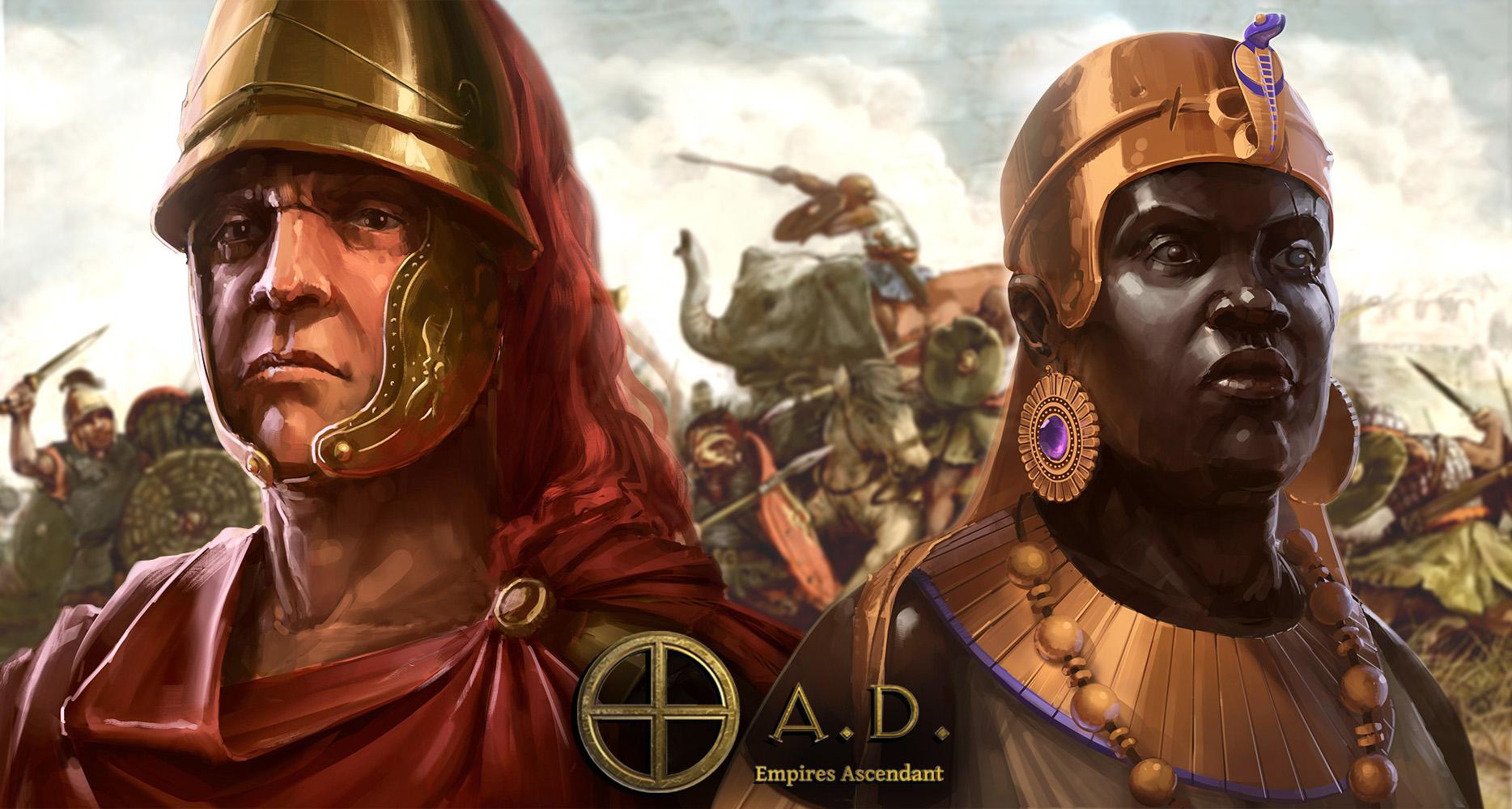
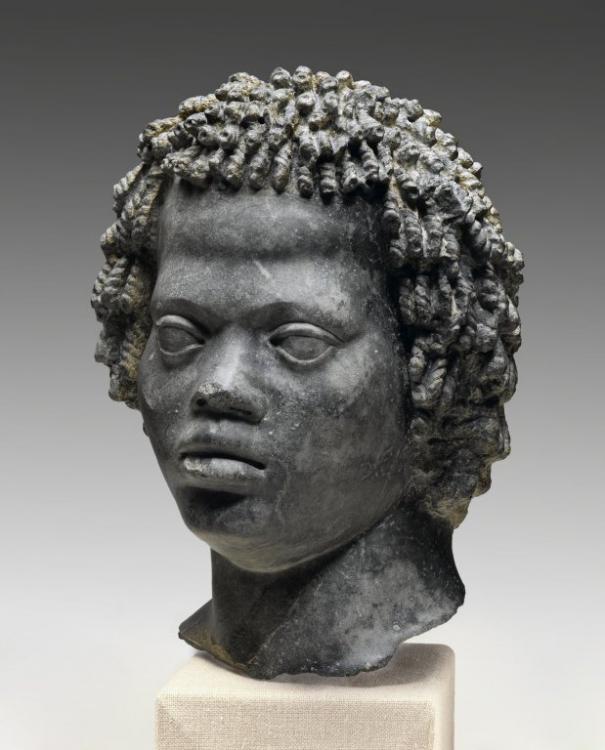
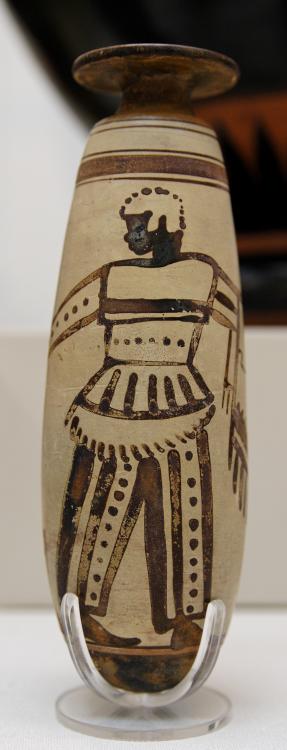
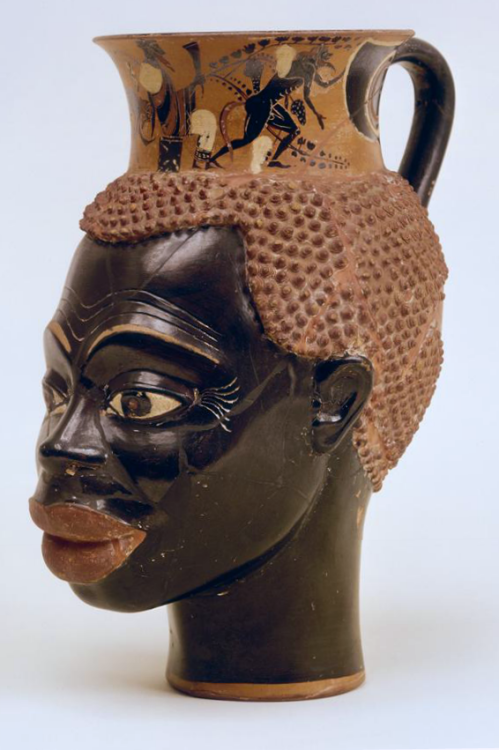
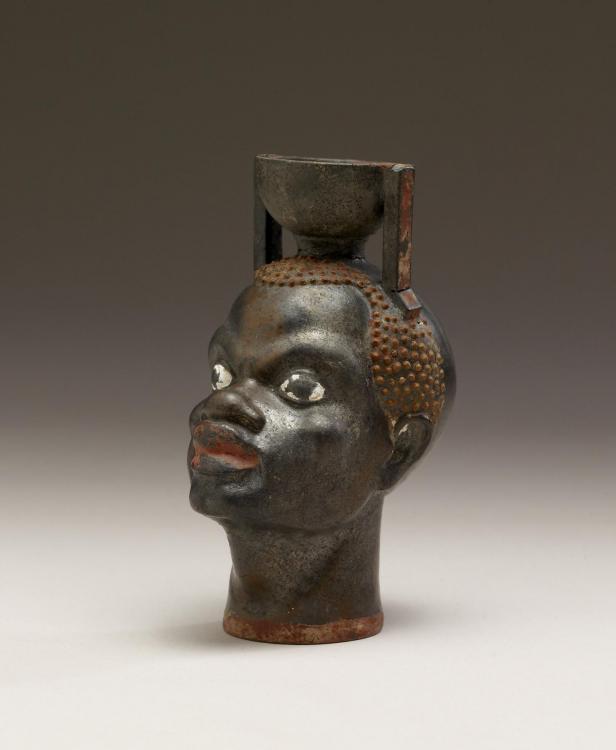
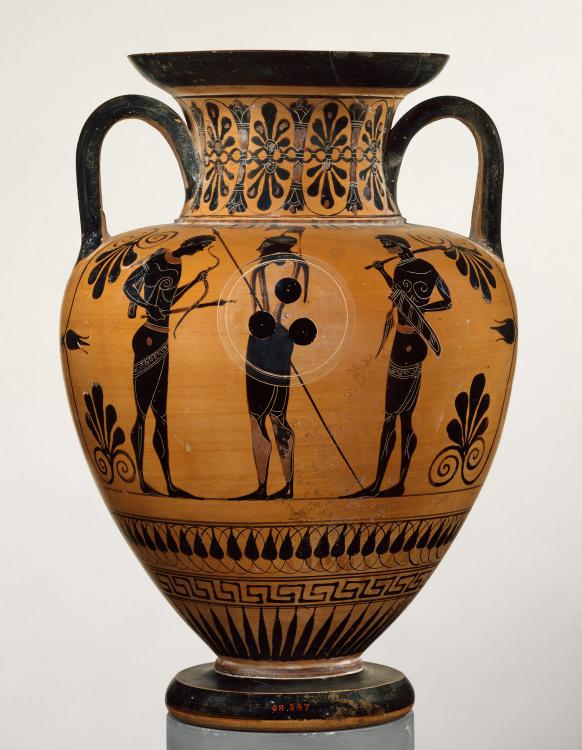
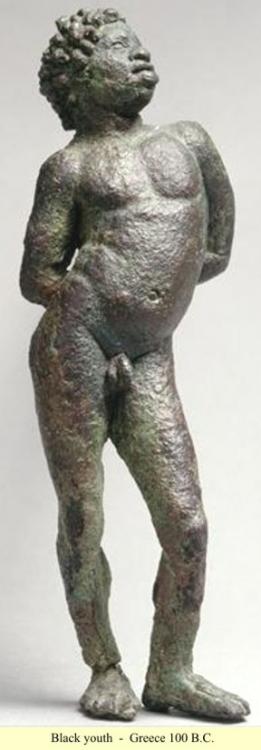

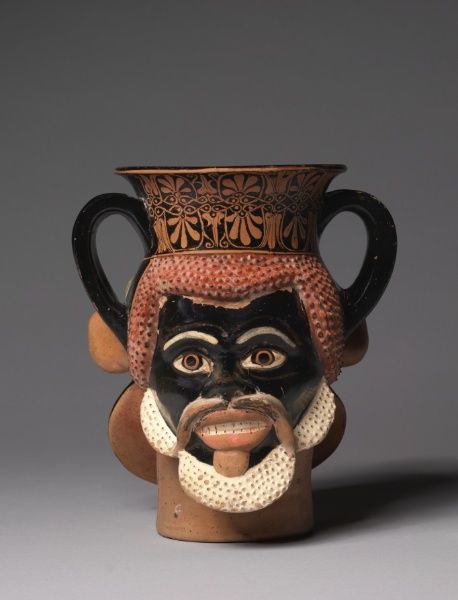
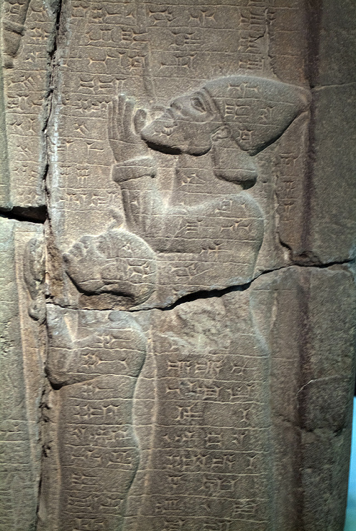
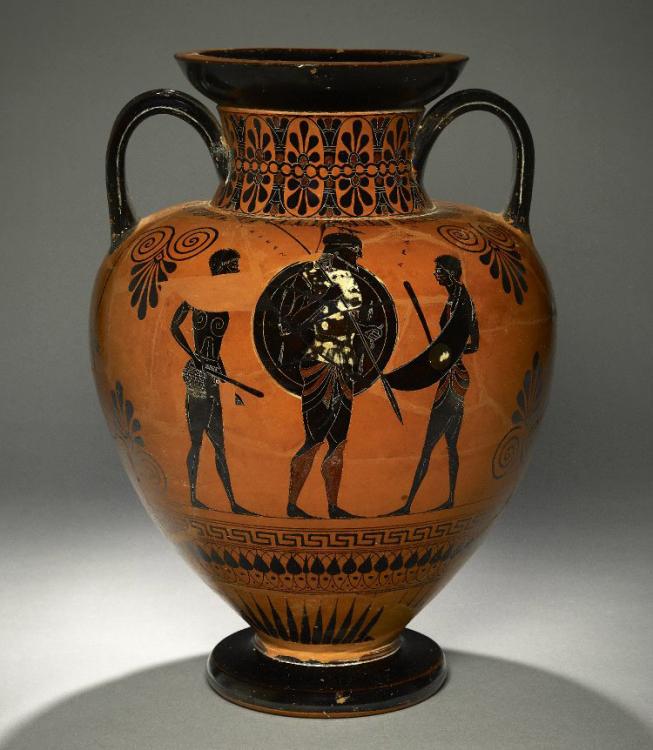
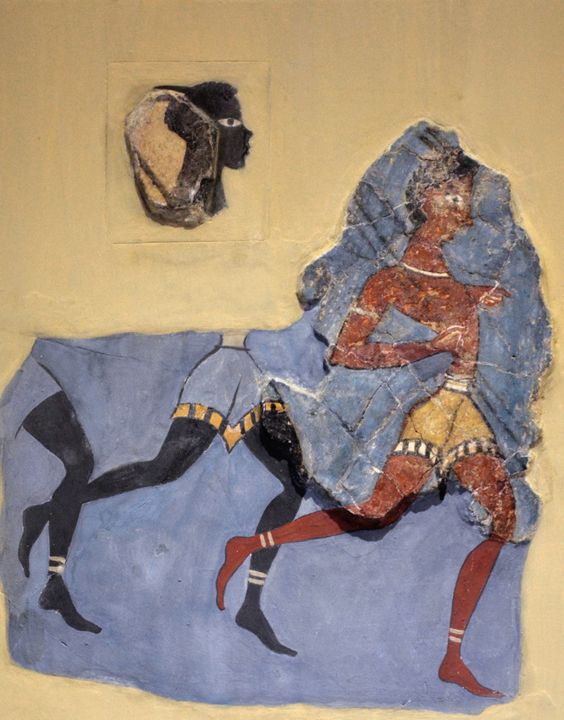
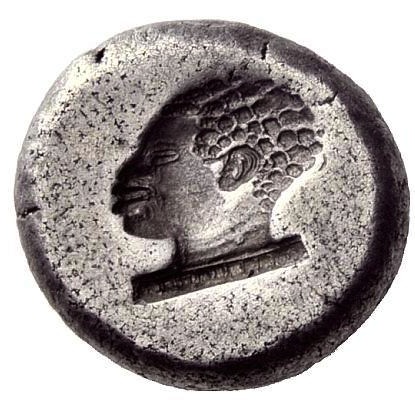
BCERoman.jpg.e54858b945b5a24bc96f98b9d1793379.jpg)
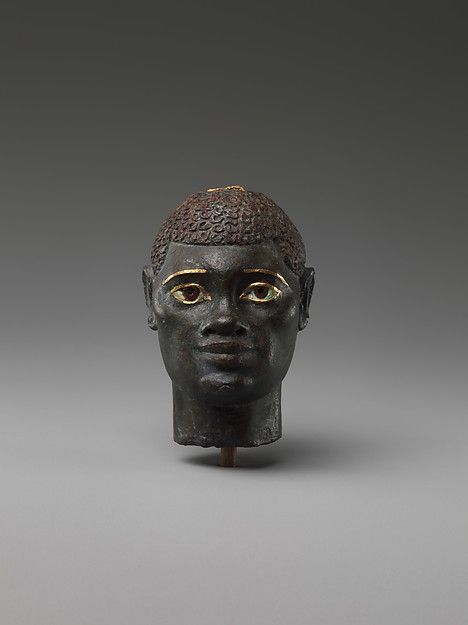
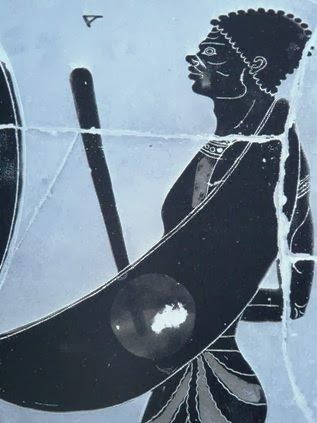
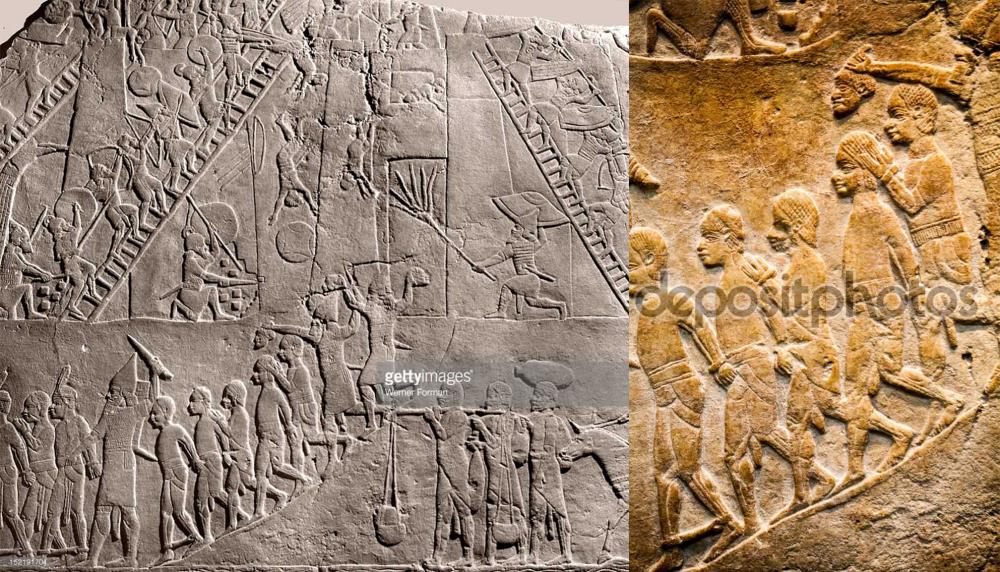
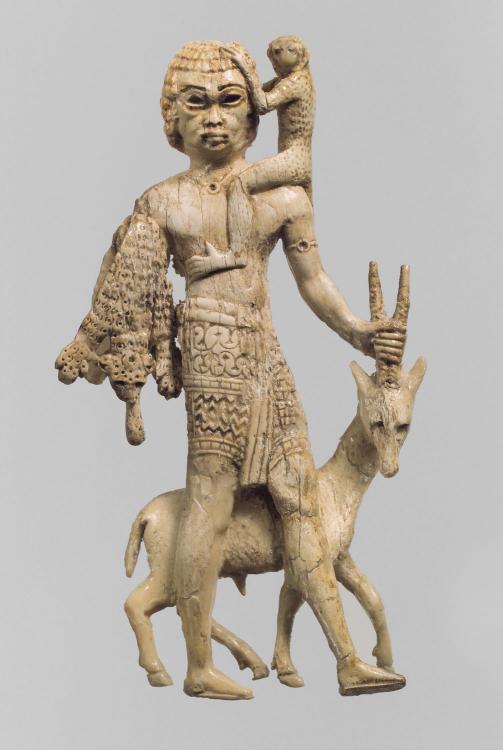
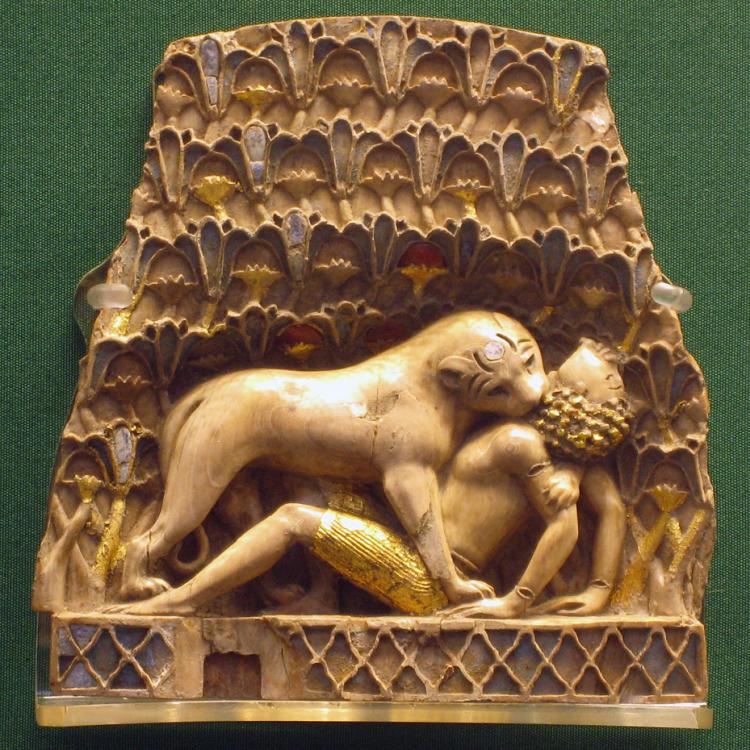
.Sotades(fl.350BC).jpg.528d6ff2bc75a9fa31721a99bfd35bd3.jpg)
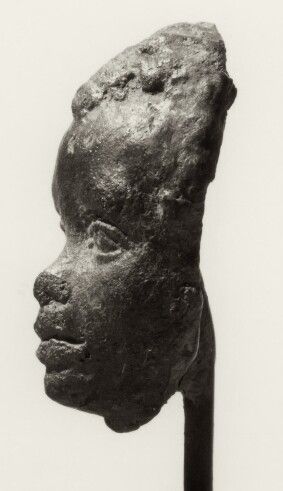
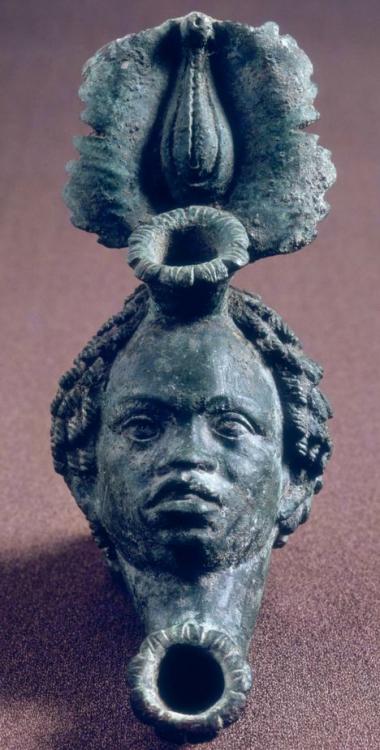
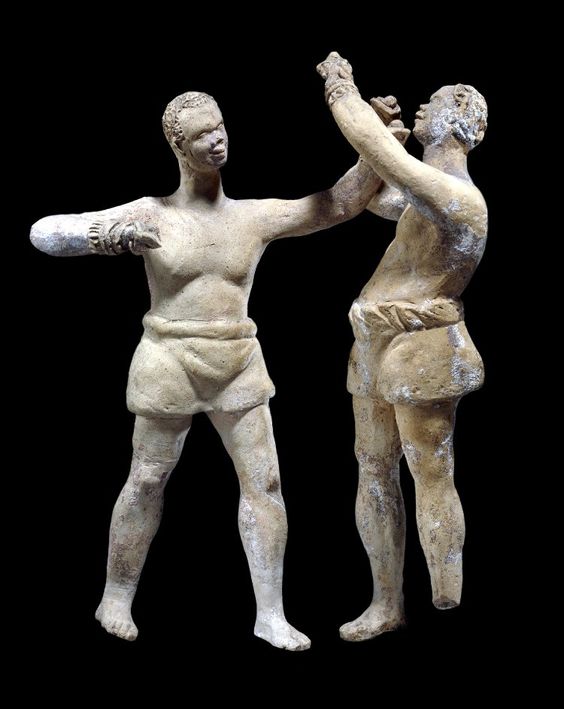
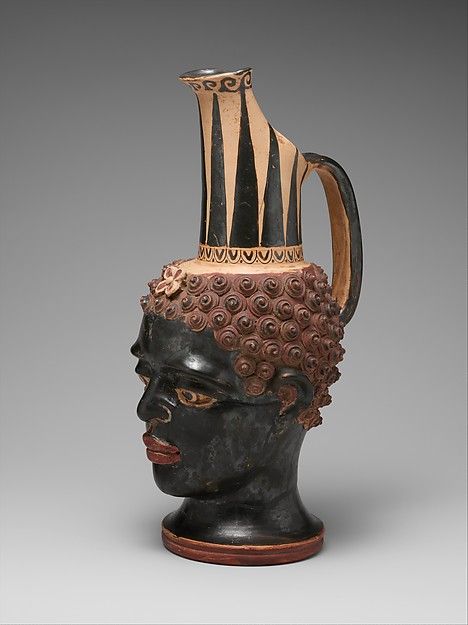
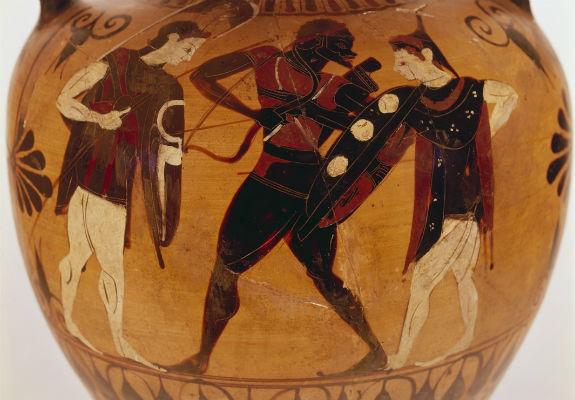
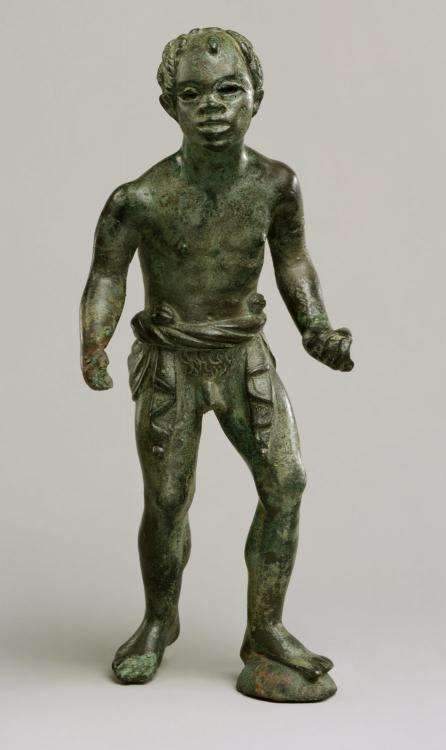

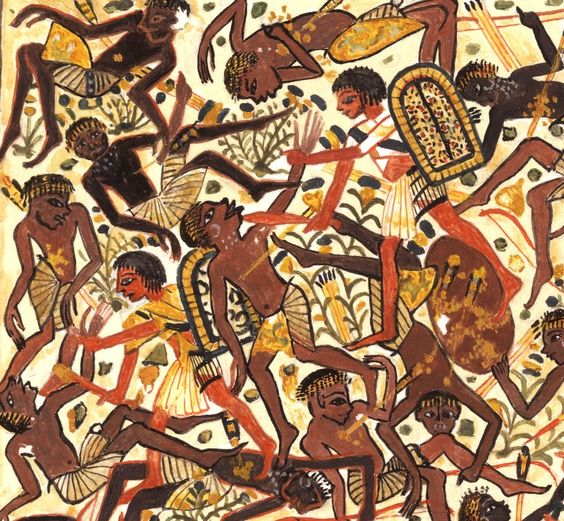
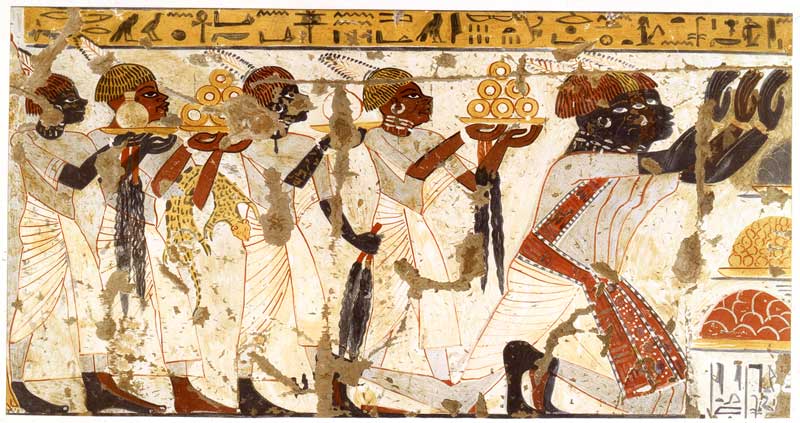
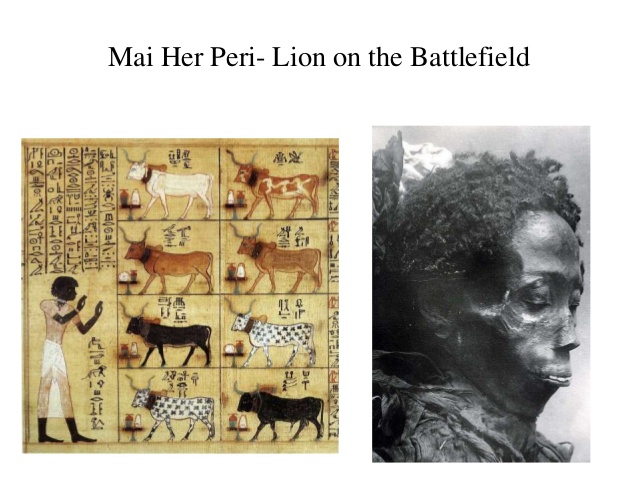
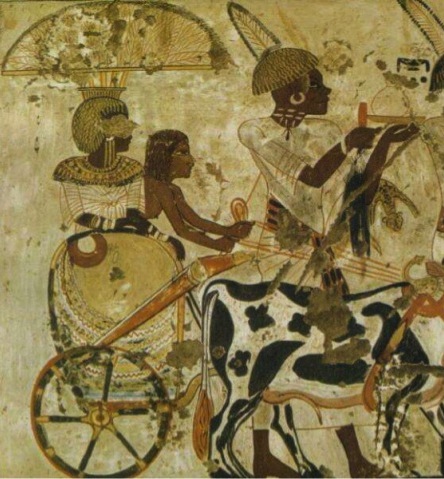
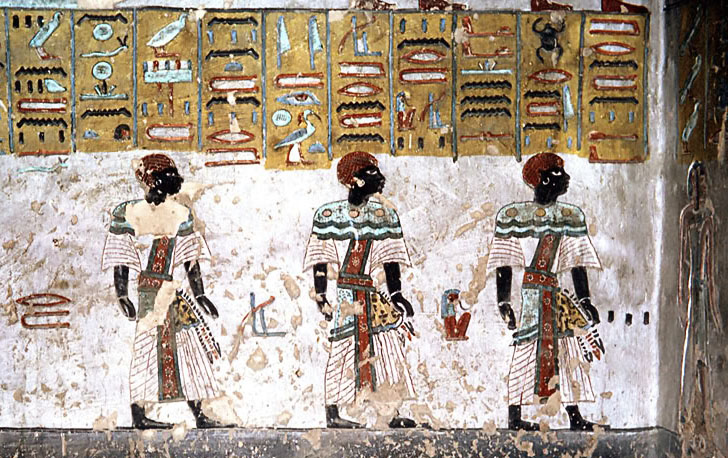
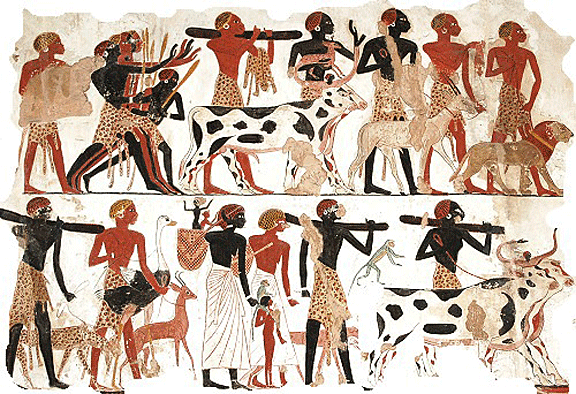
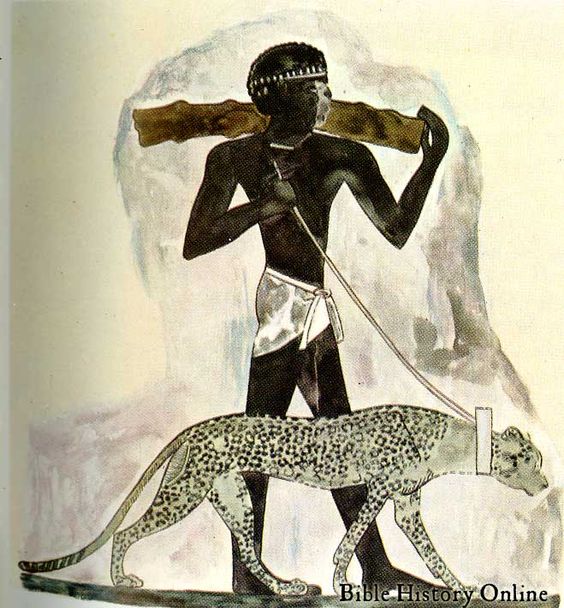
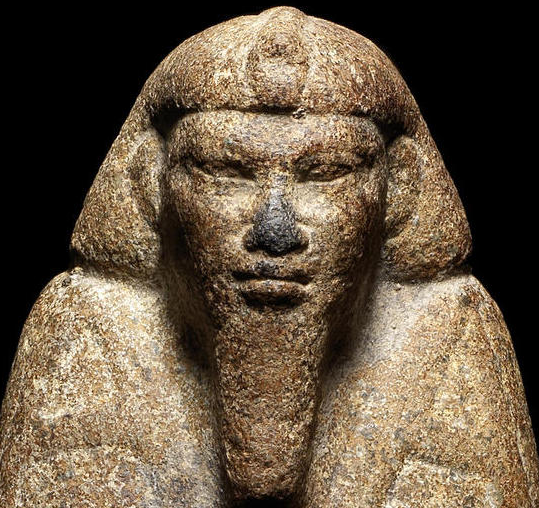
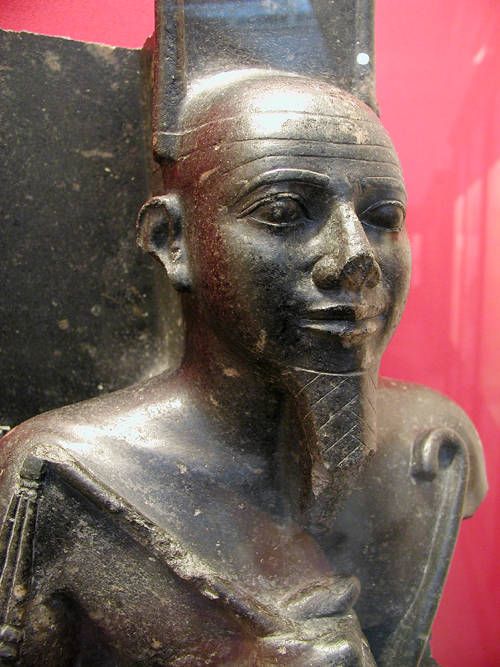
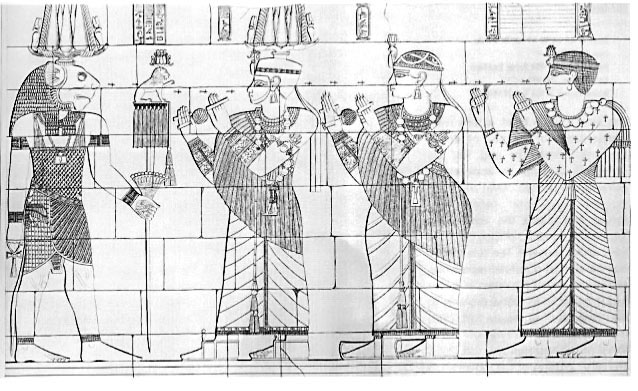
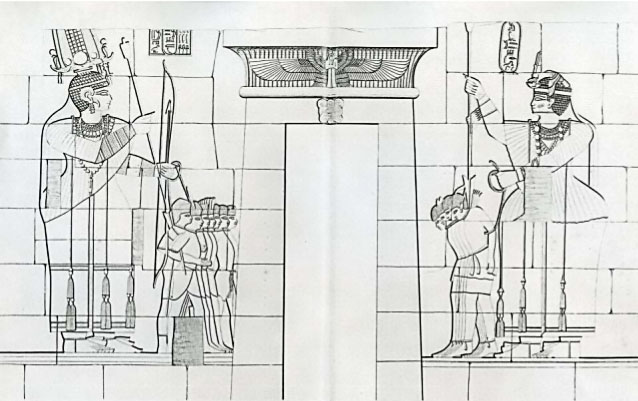
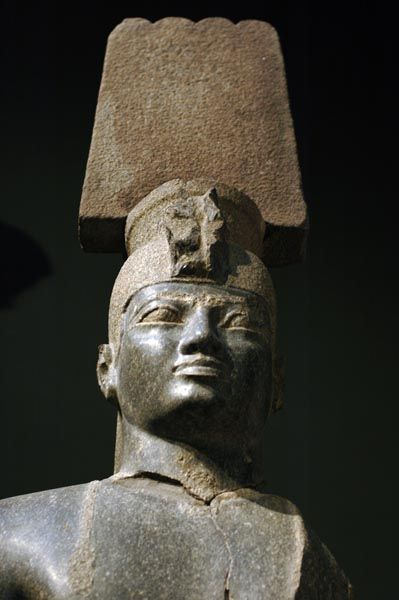
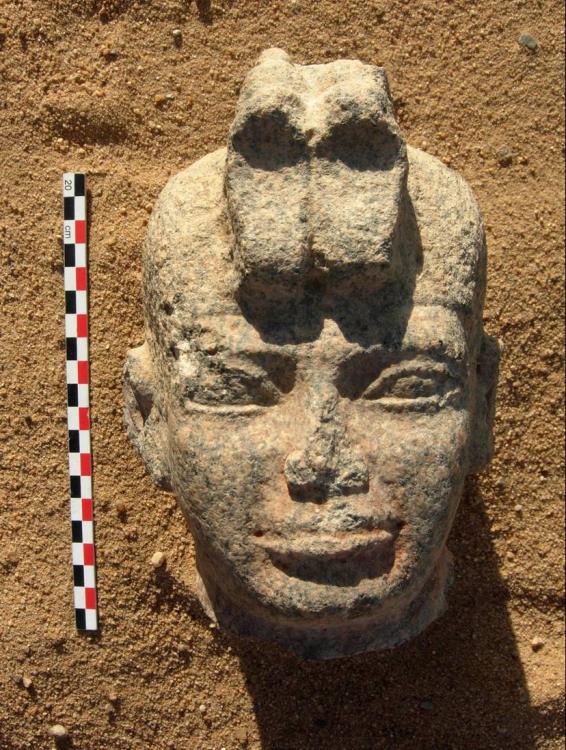

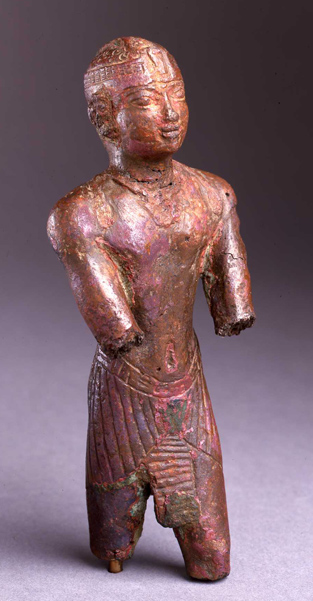
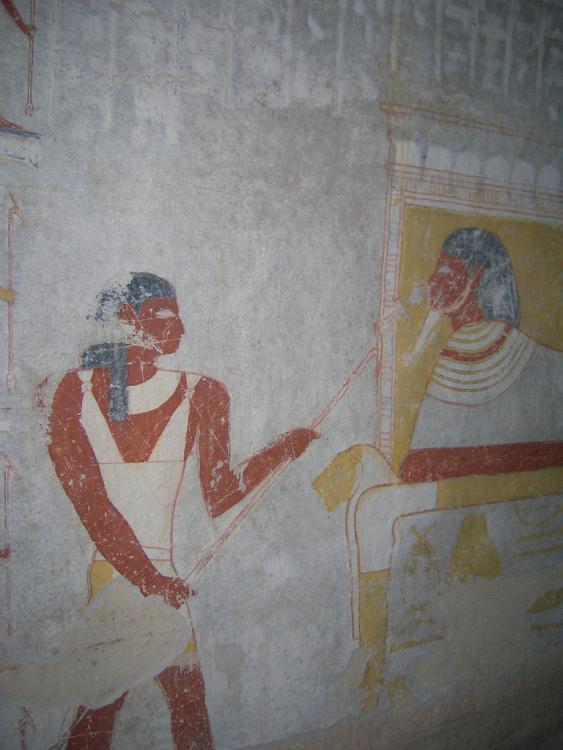
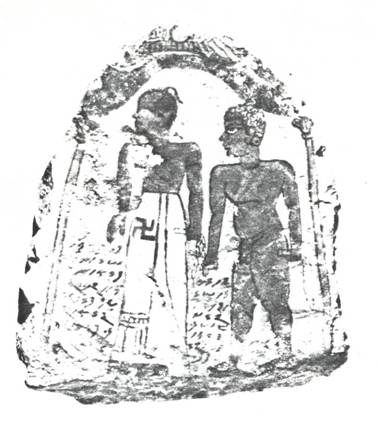
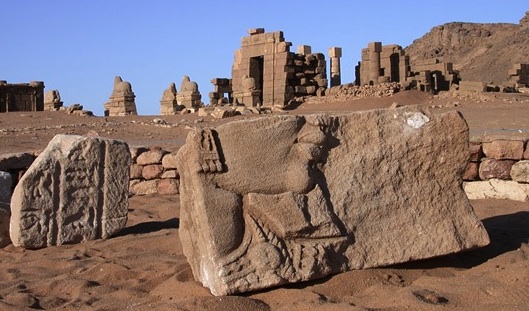
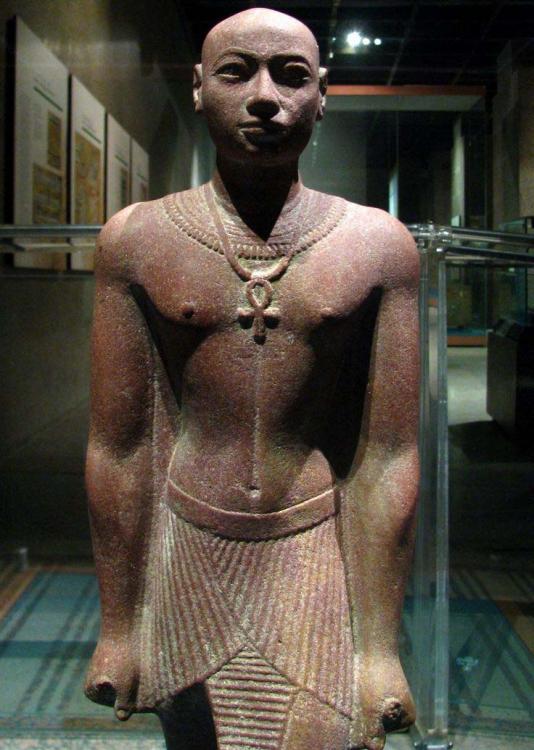
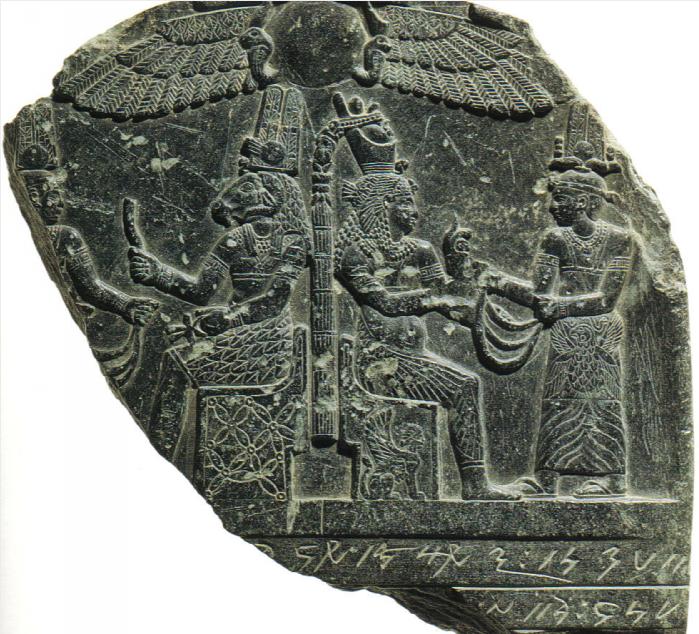
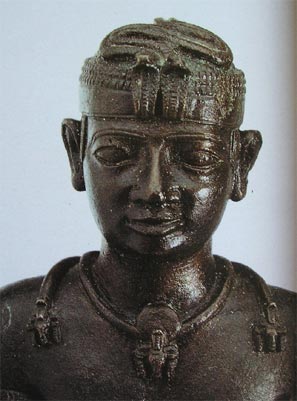
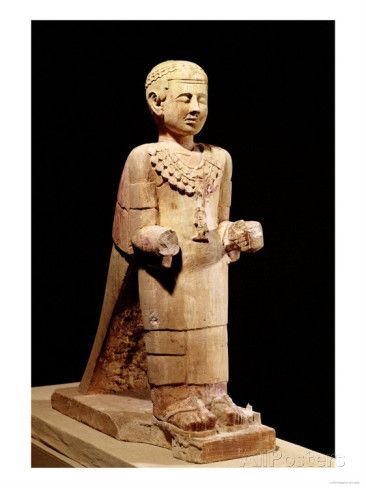
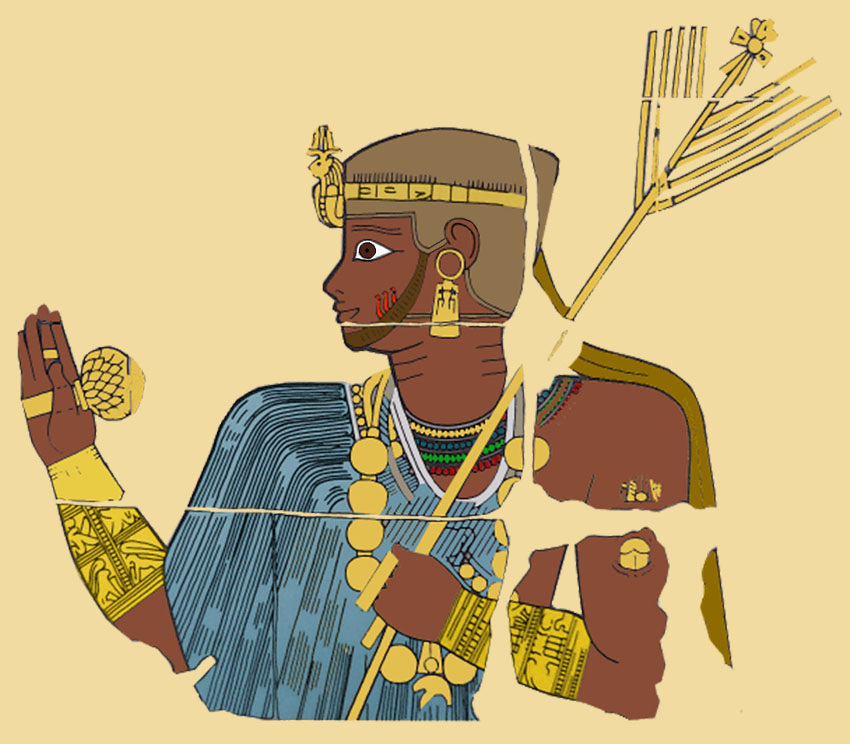
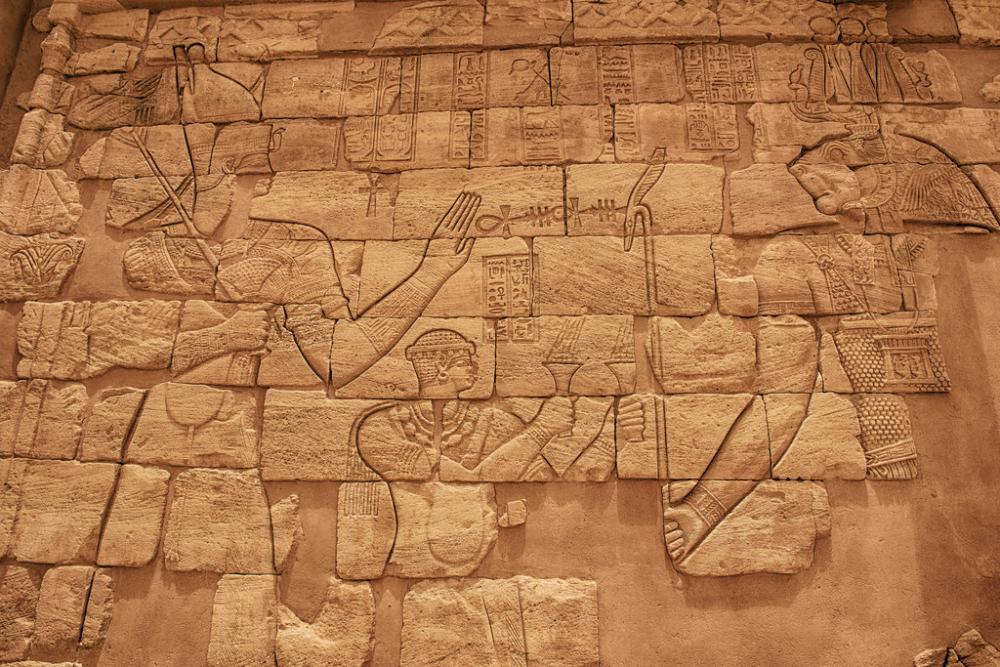
AmanitoresalutingApedemak.jpg.c24f7730a719cc49a78ae5d70ac50190.jpg)
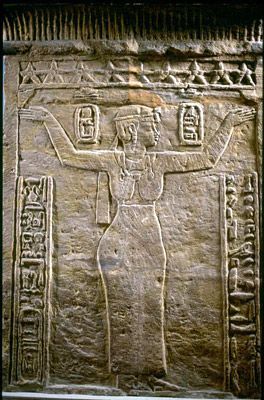
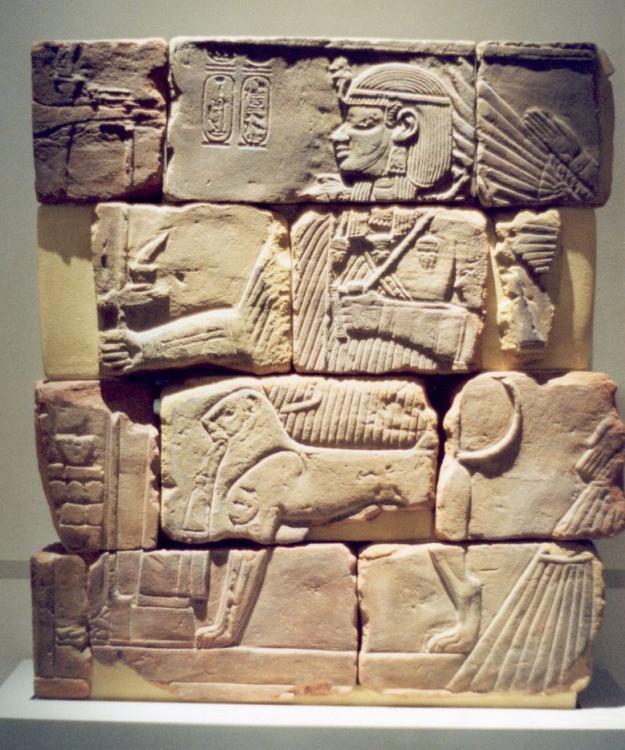
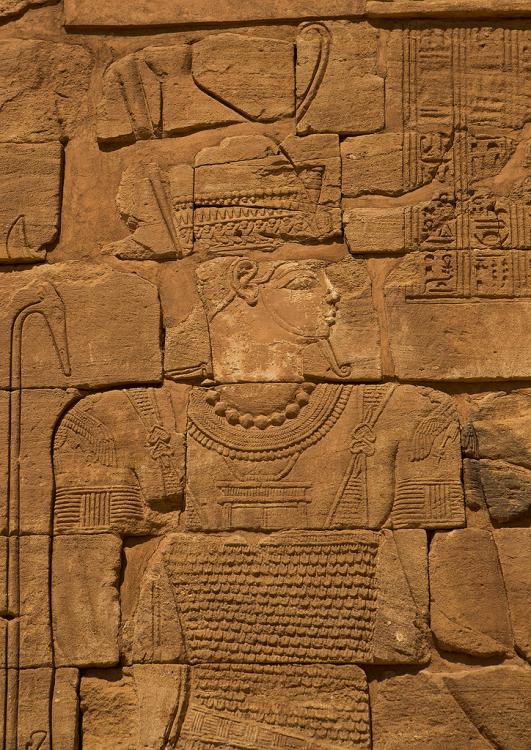
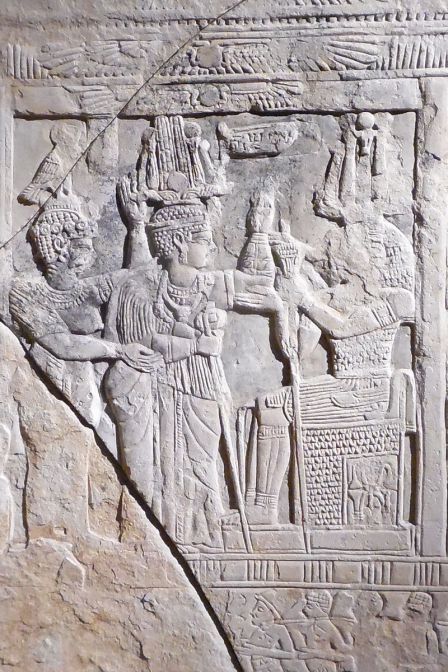
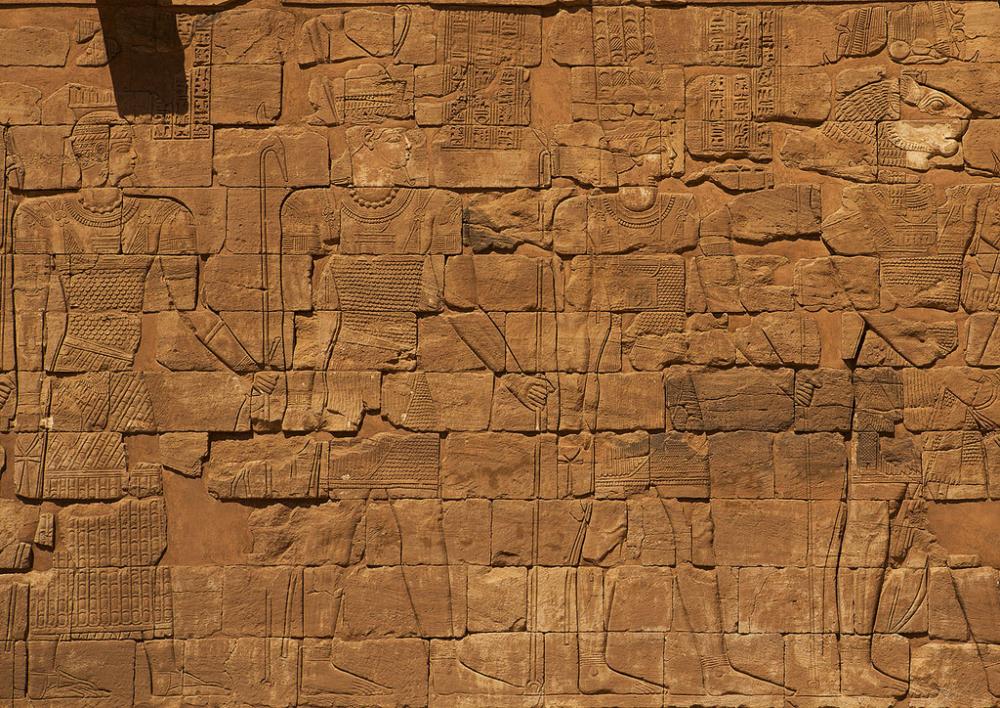
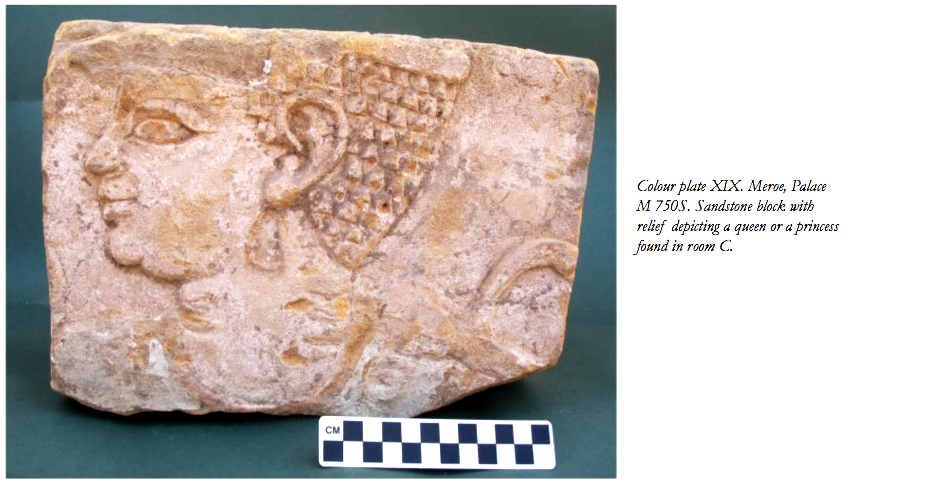
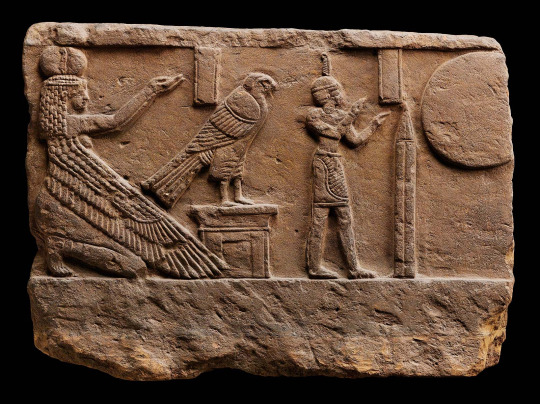
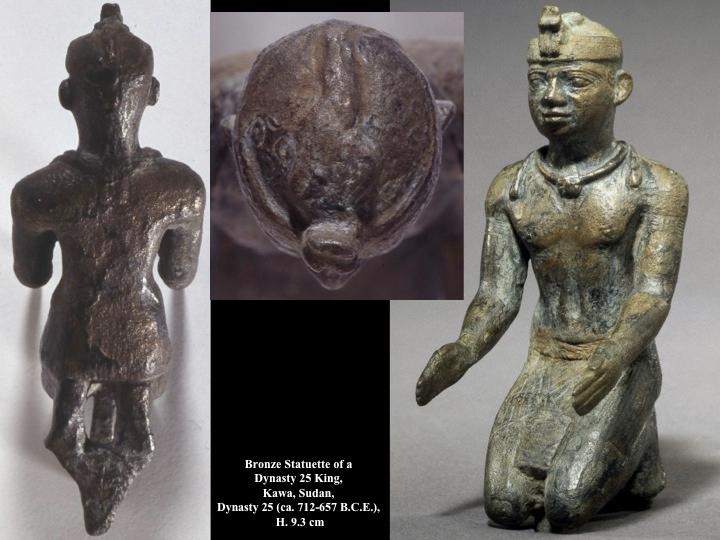
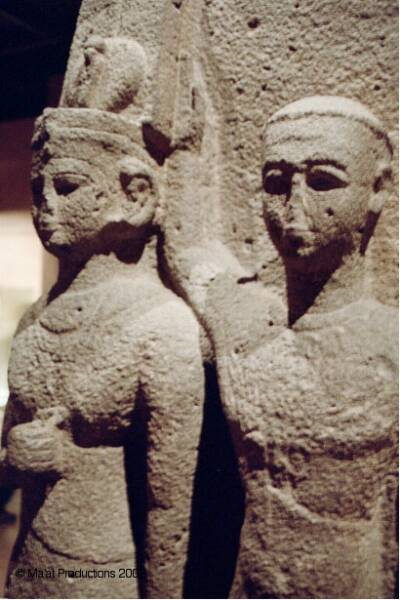
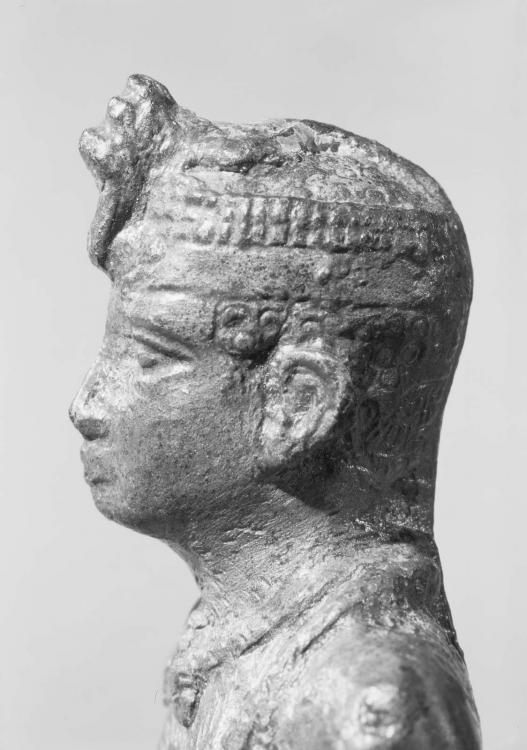
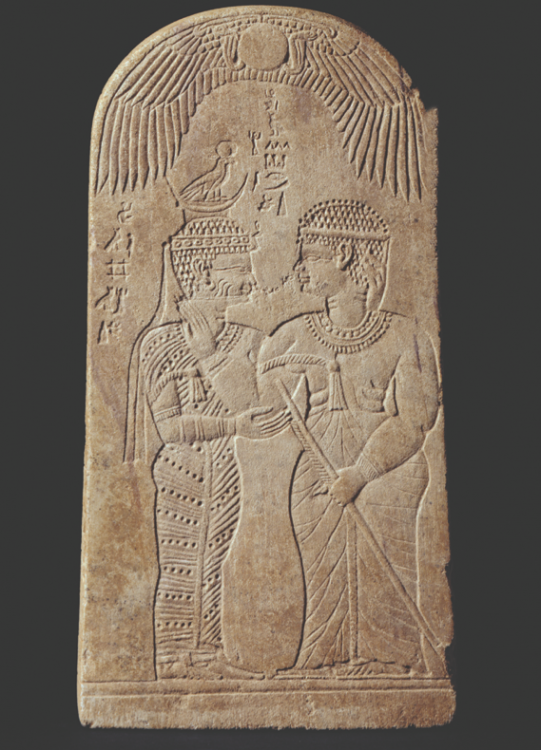
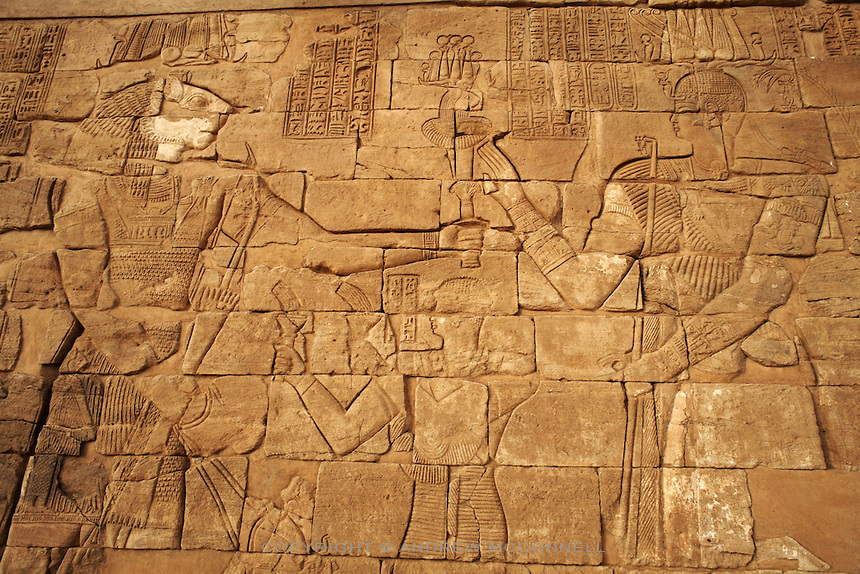
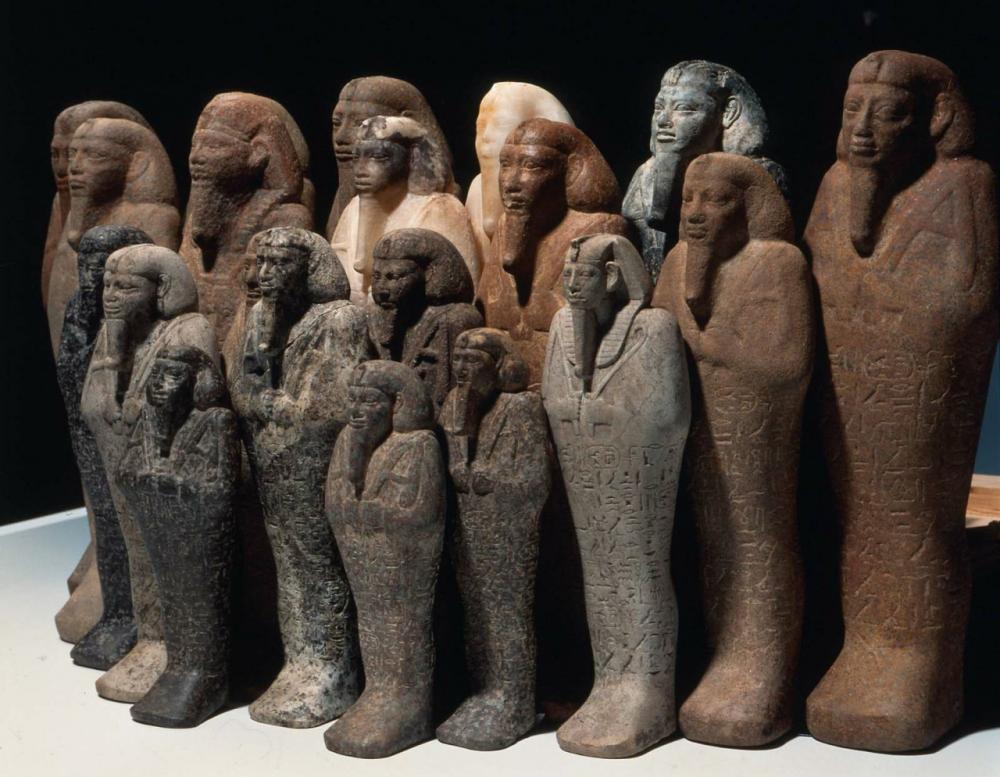
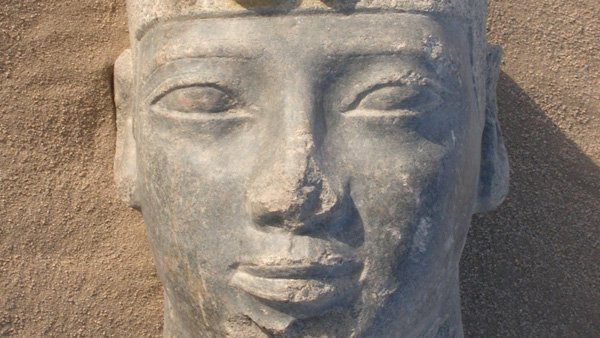
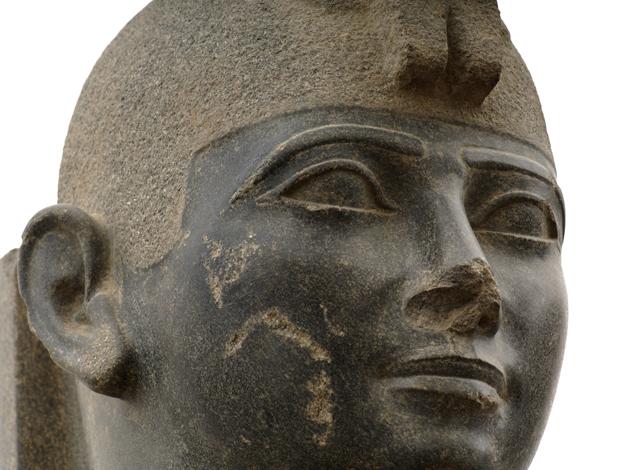
Naqa.jpg.cc911f0d6fffe5a8262a07060da743e7.jpg)
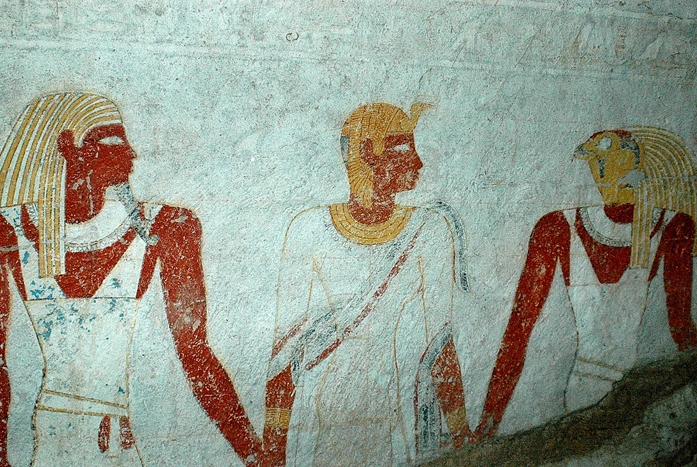
beingledtohisburialwearingKushitecapandureaus(royalcobra)ElKurru.jpg.c9b06190dd96d5b2d26a98cdf3346cf7.jpg)
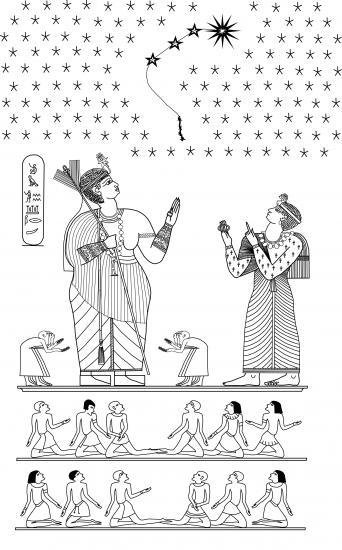
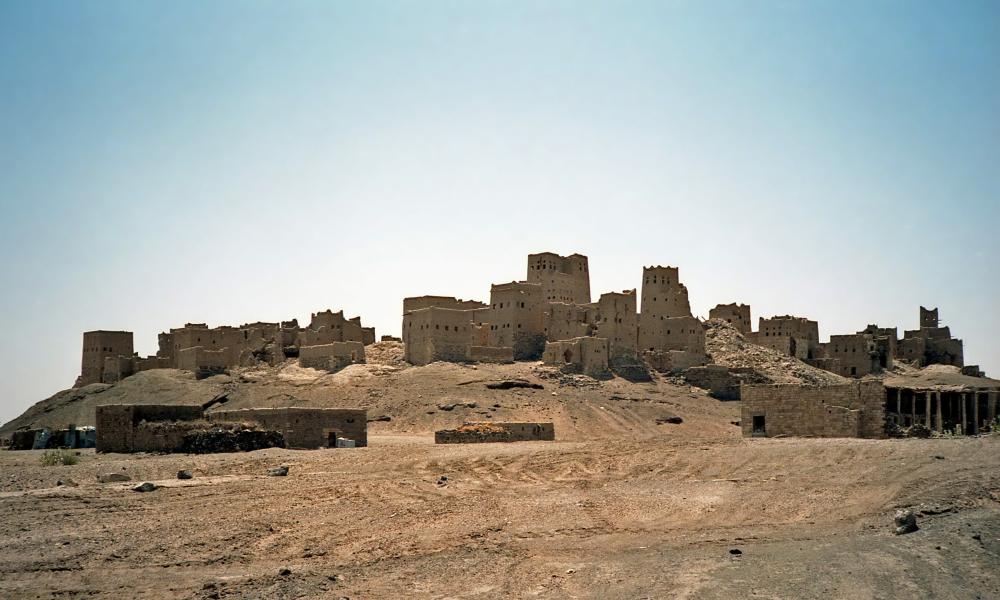
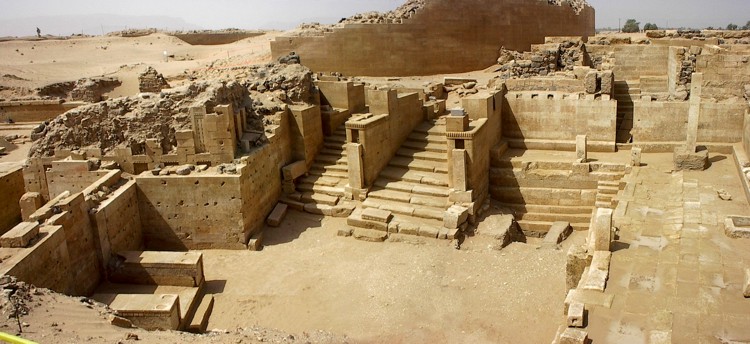
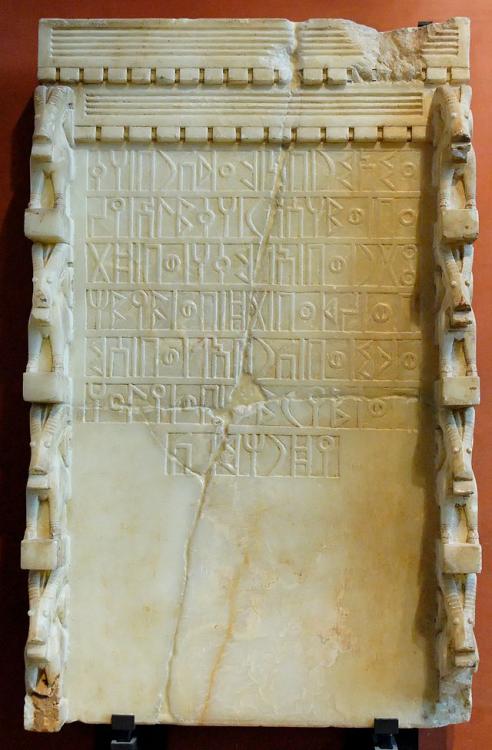
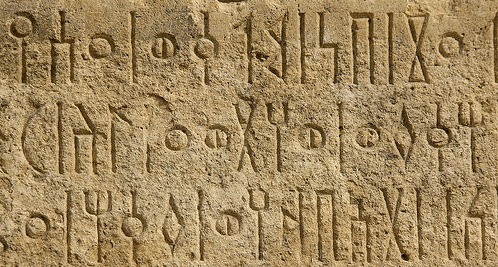
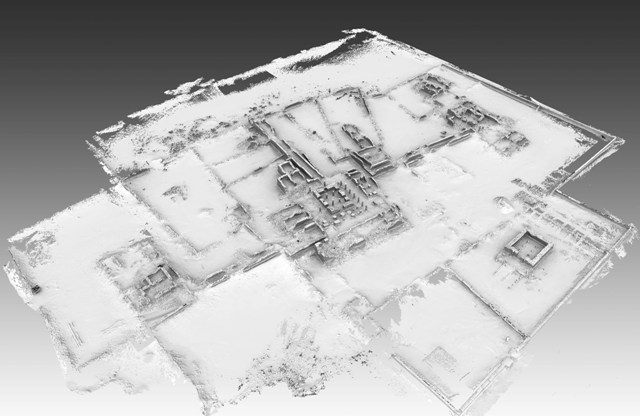
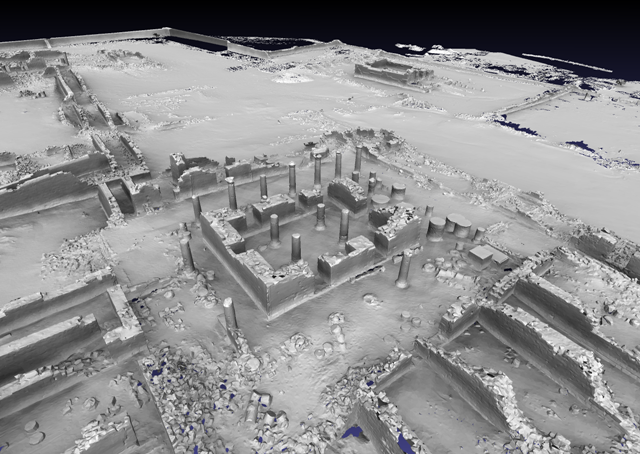
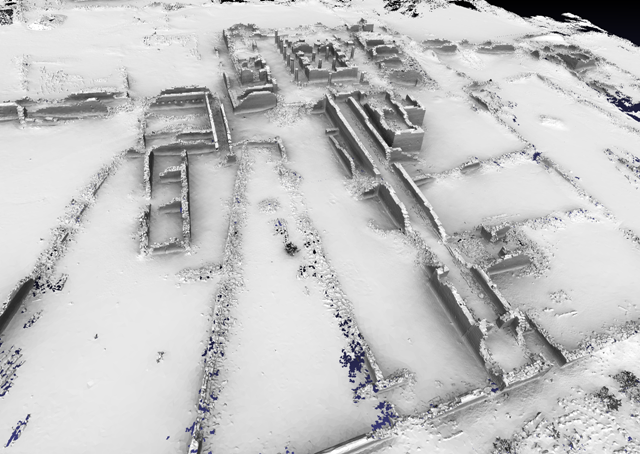
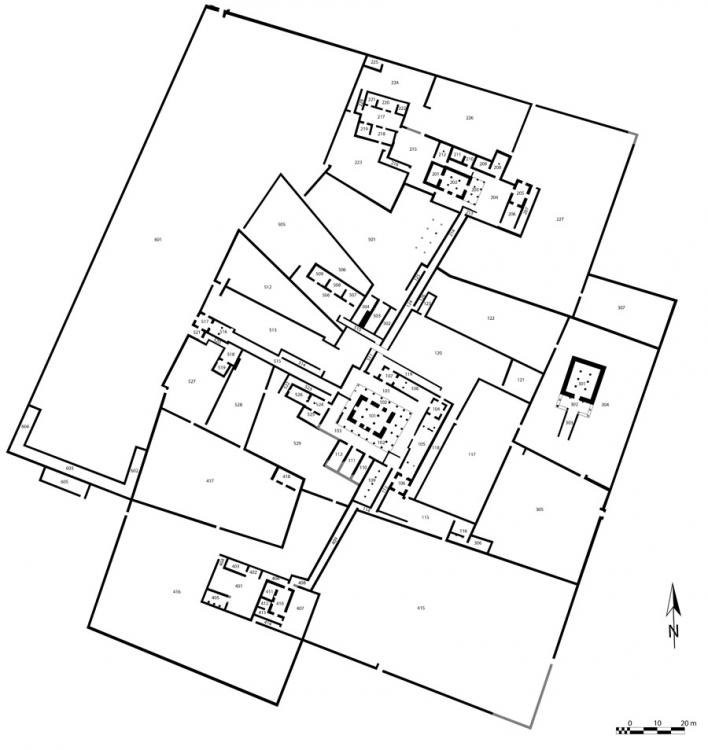
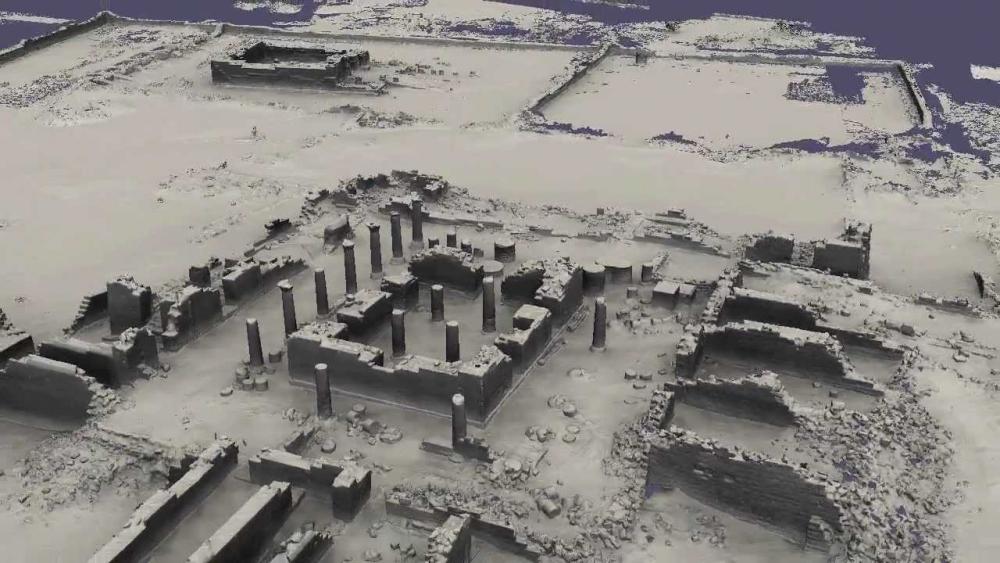
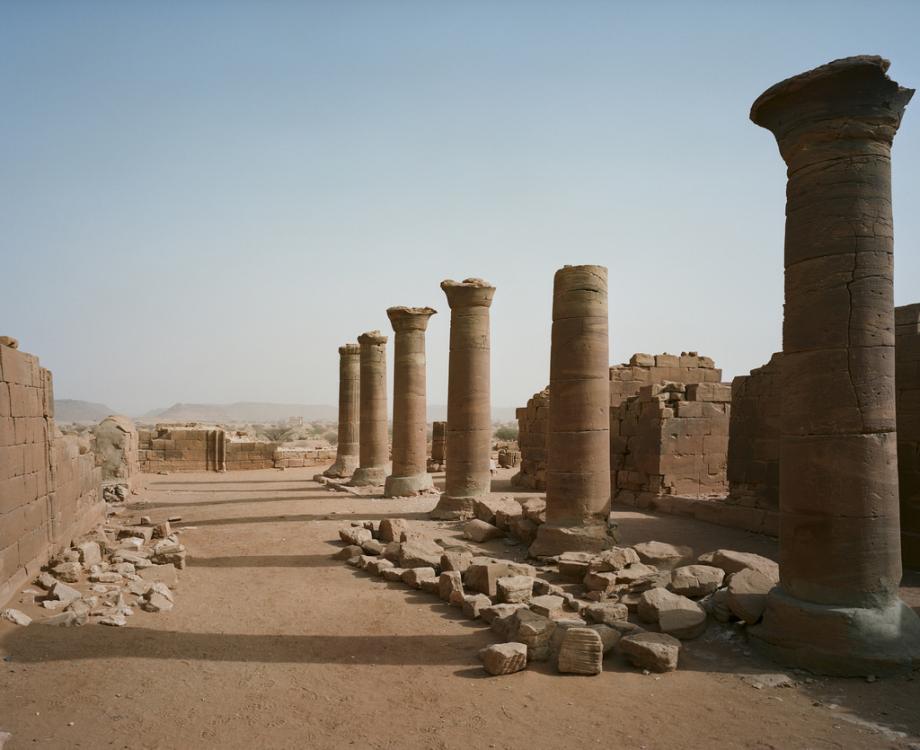
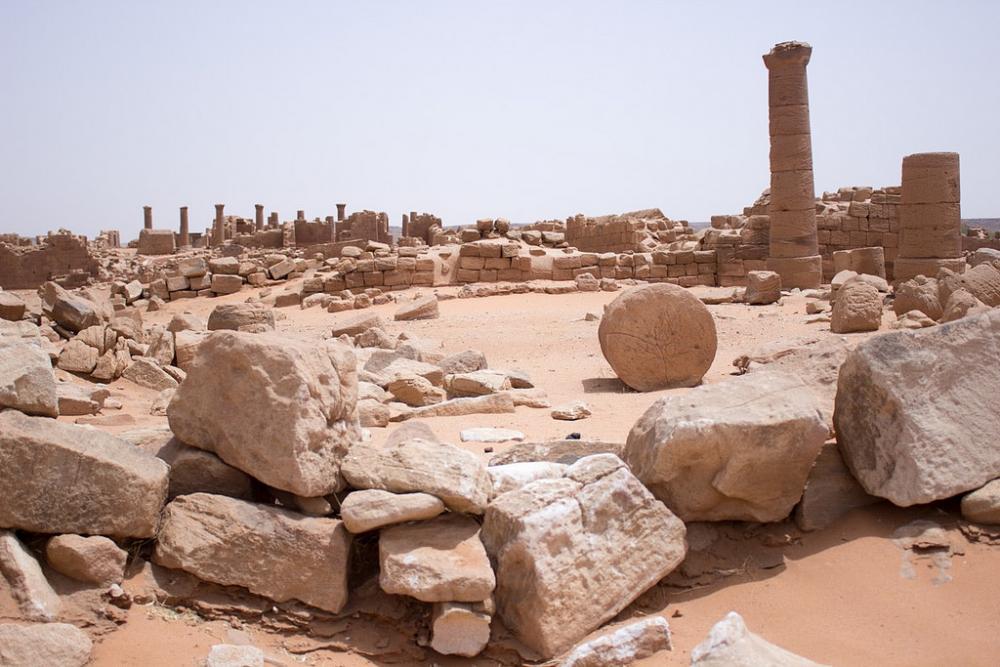
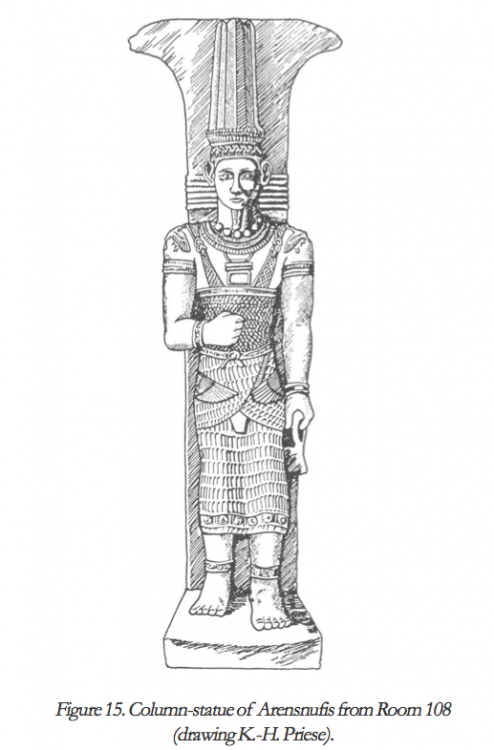
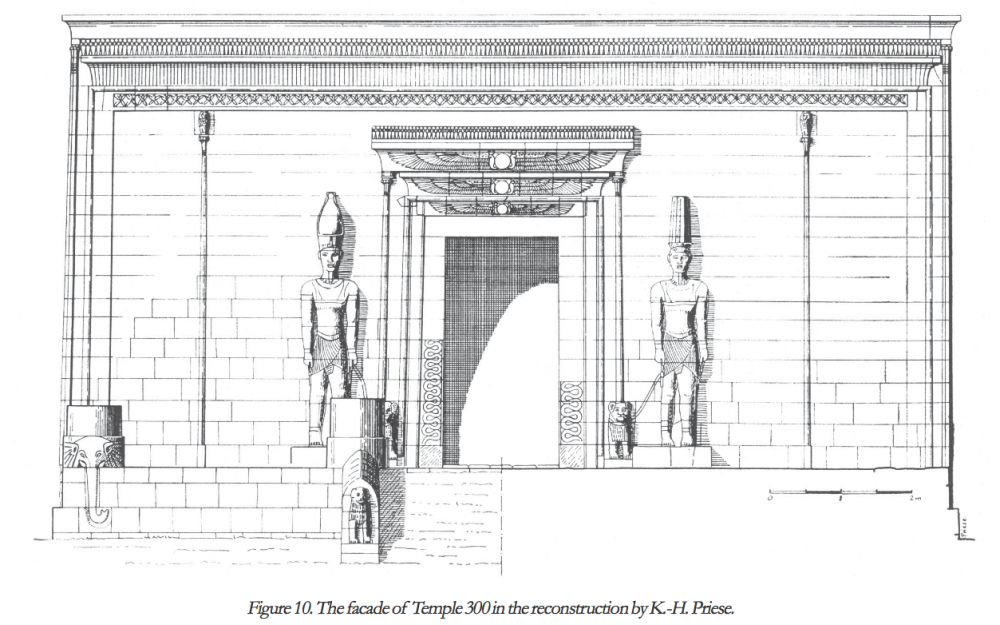
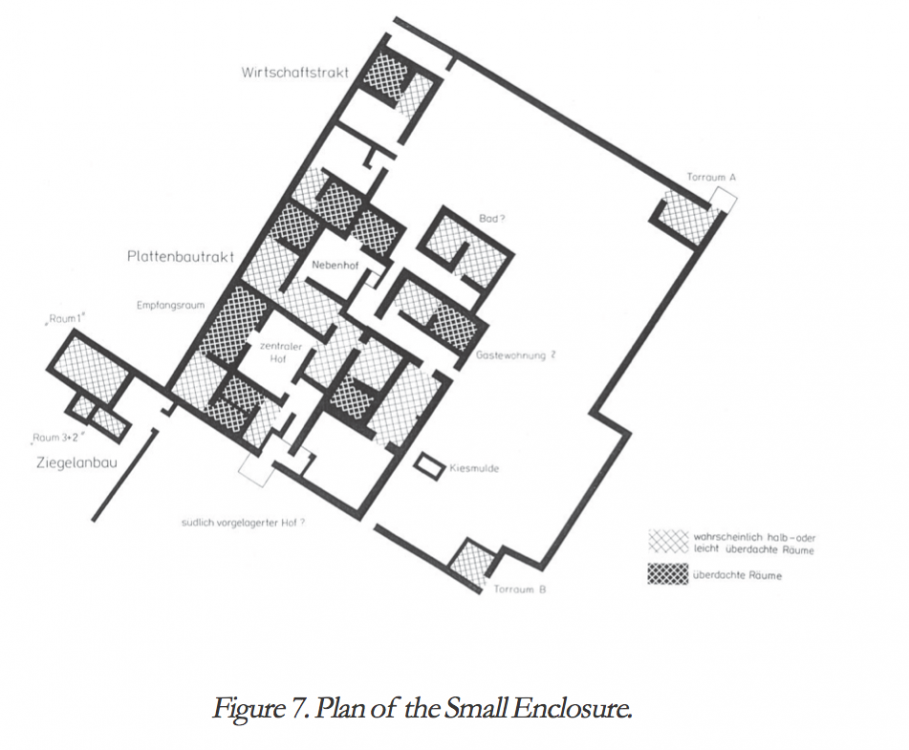
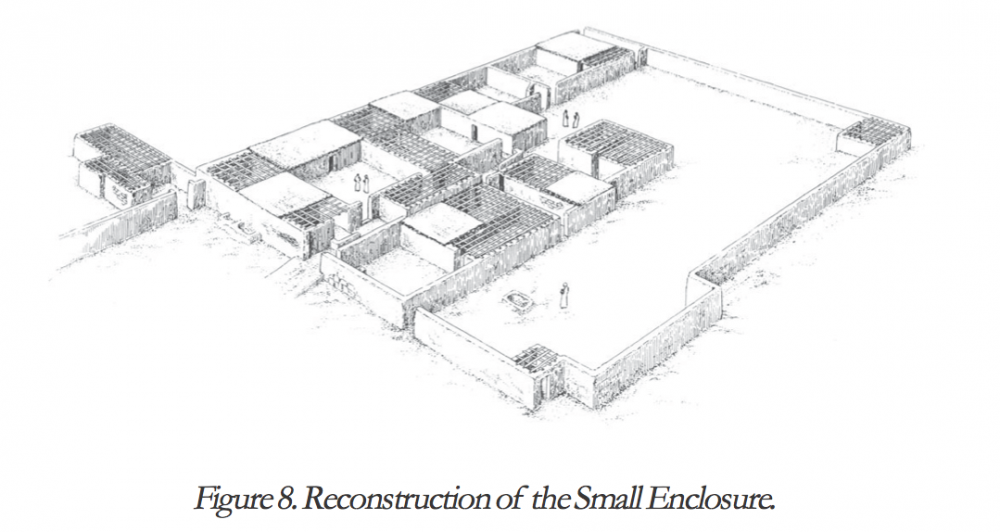
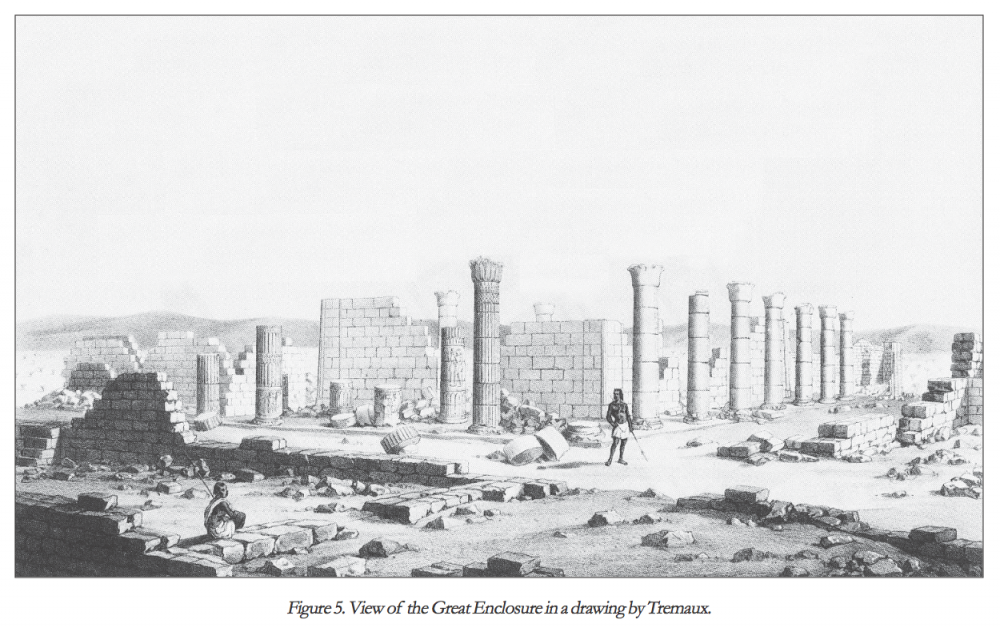
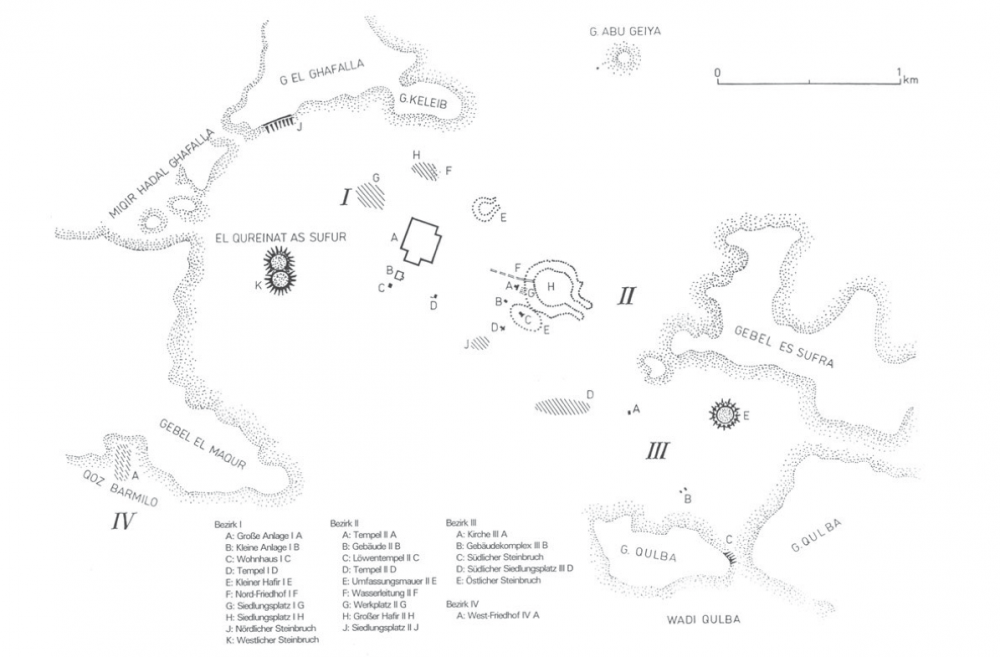
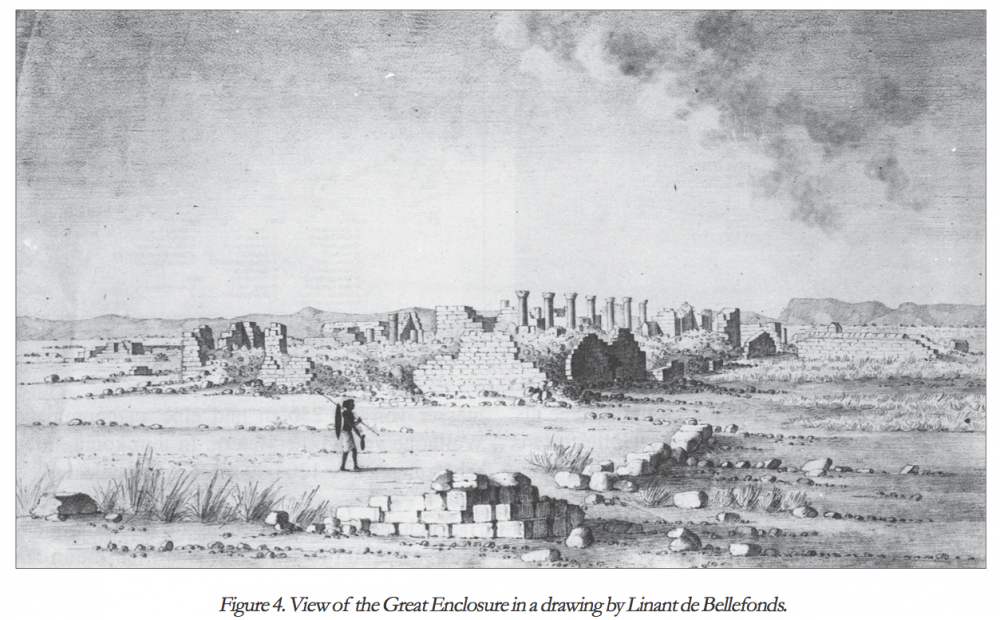
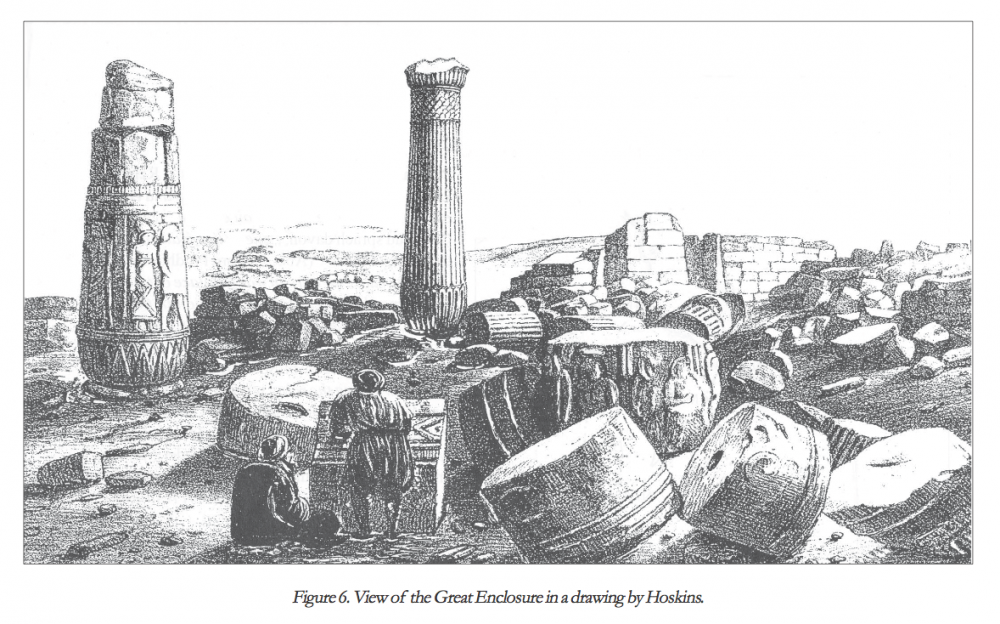
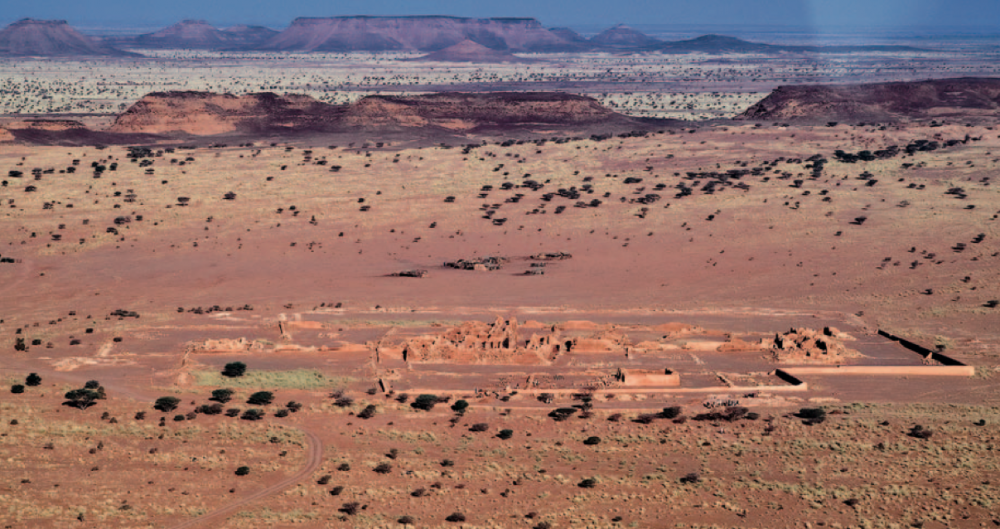

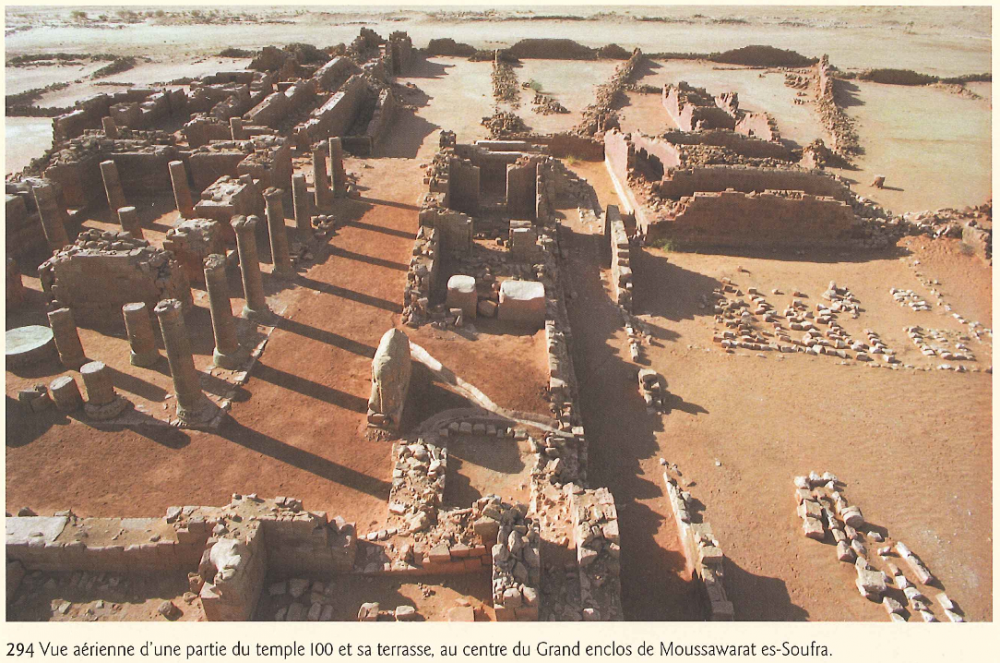
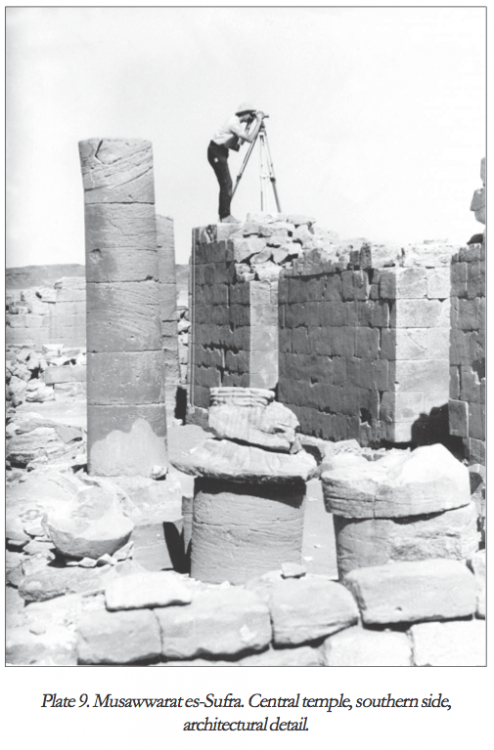
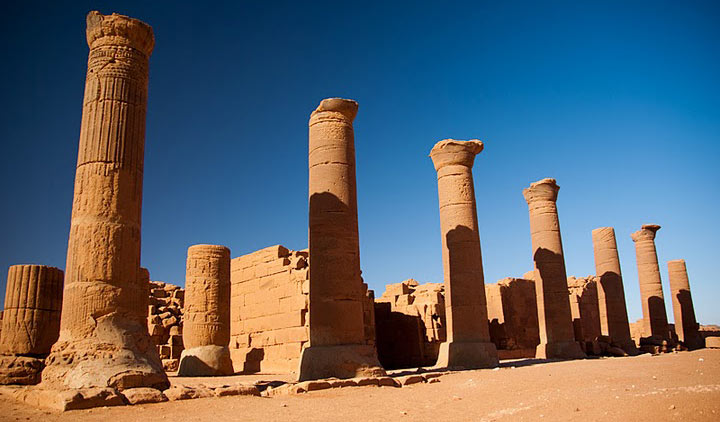
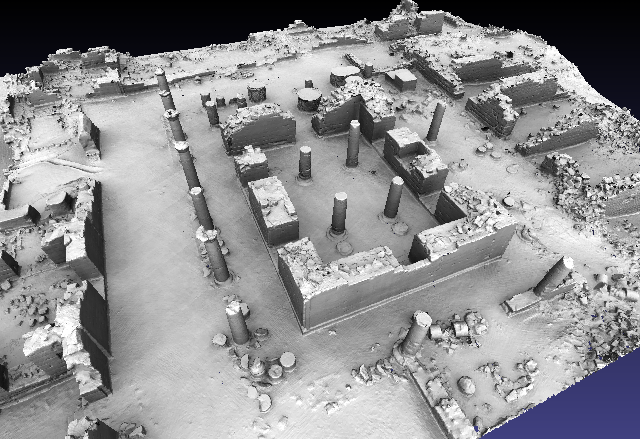
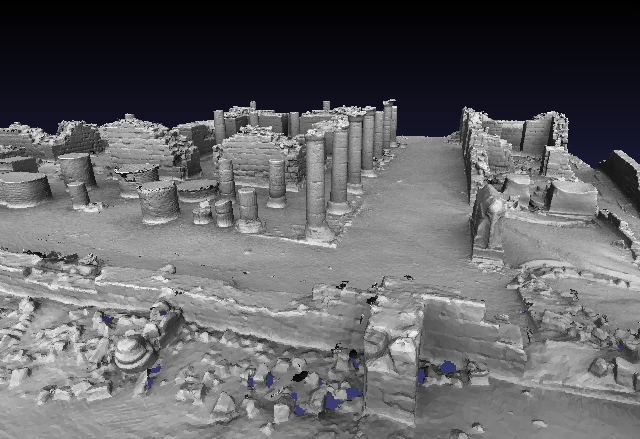
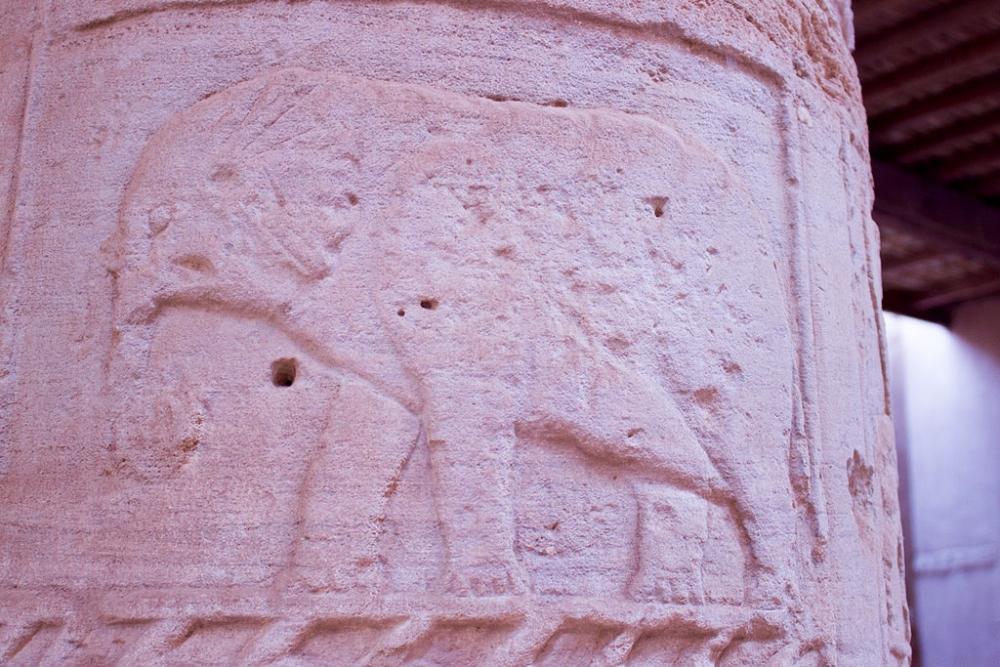
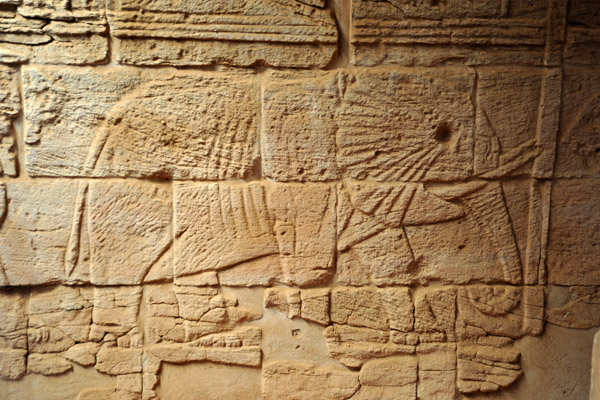
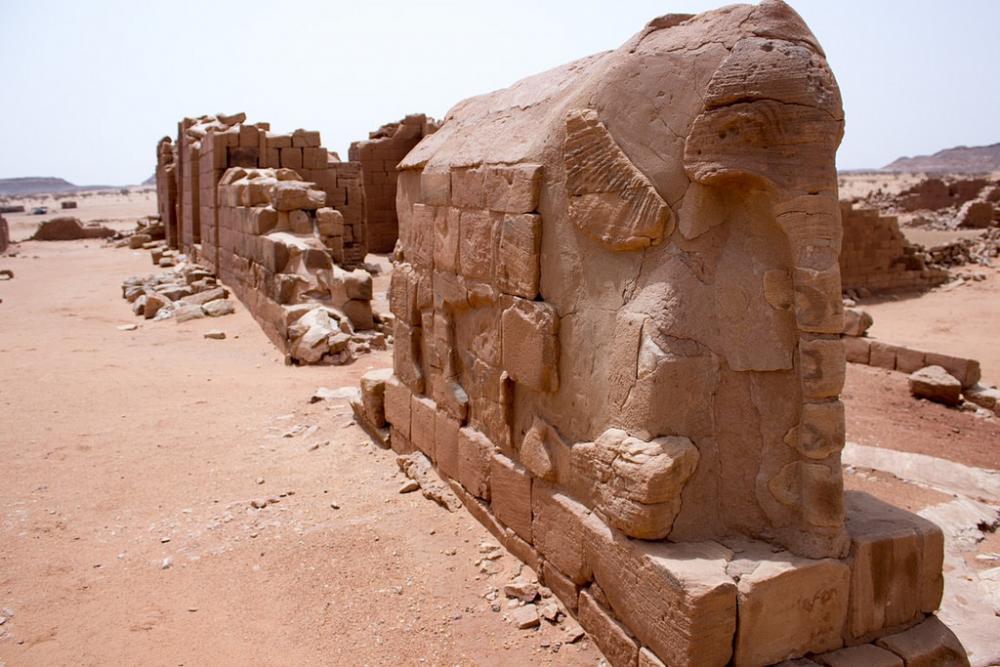

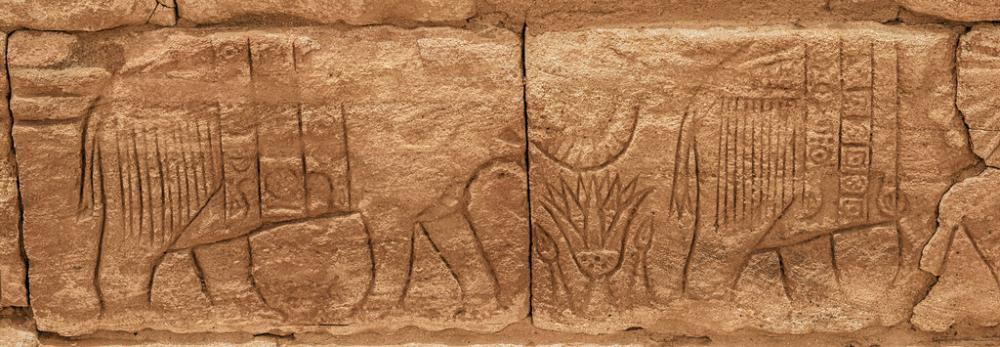
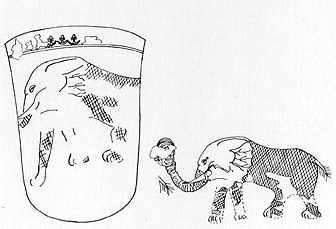
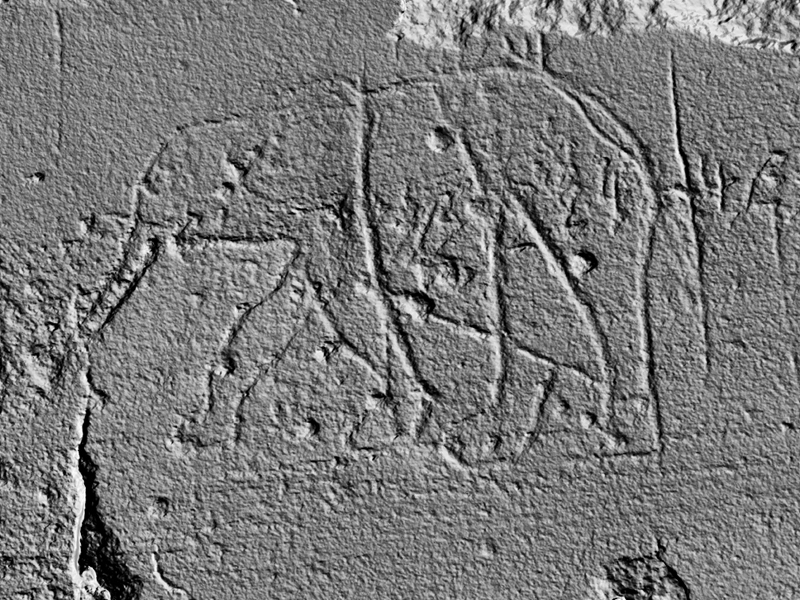
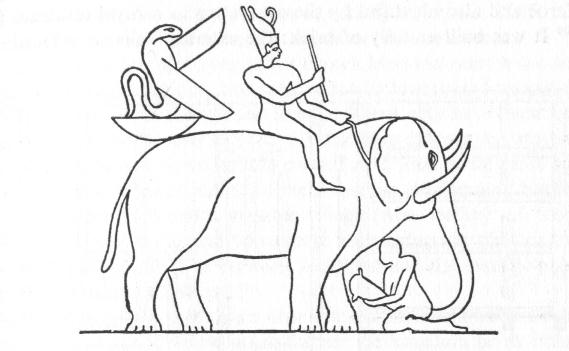
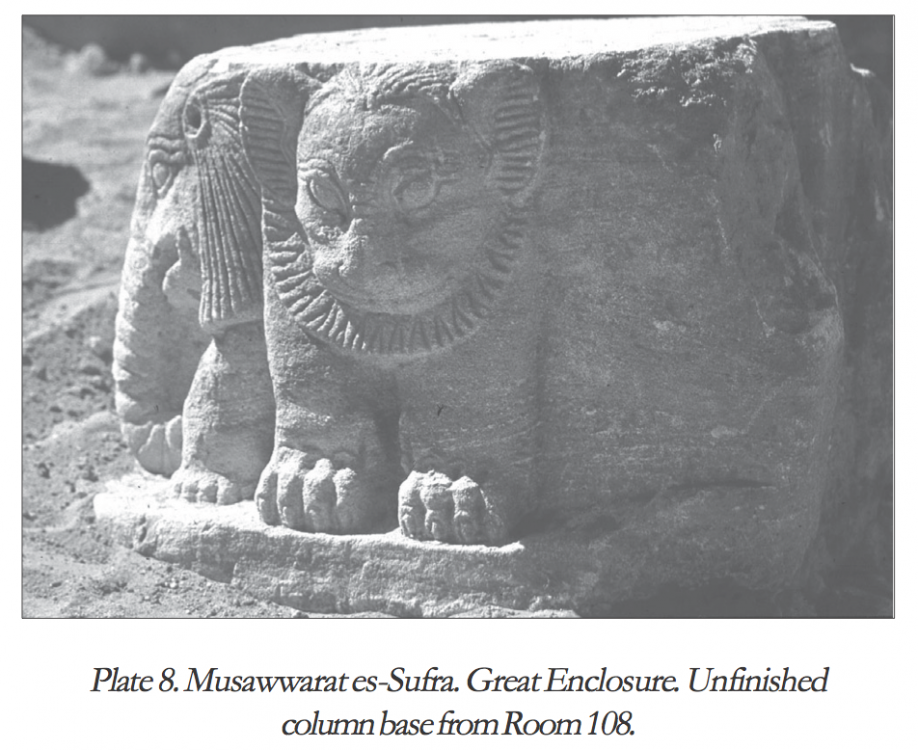
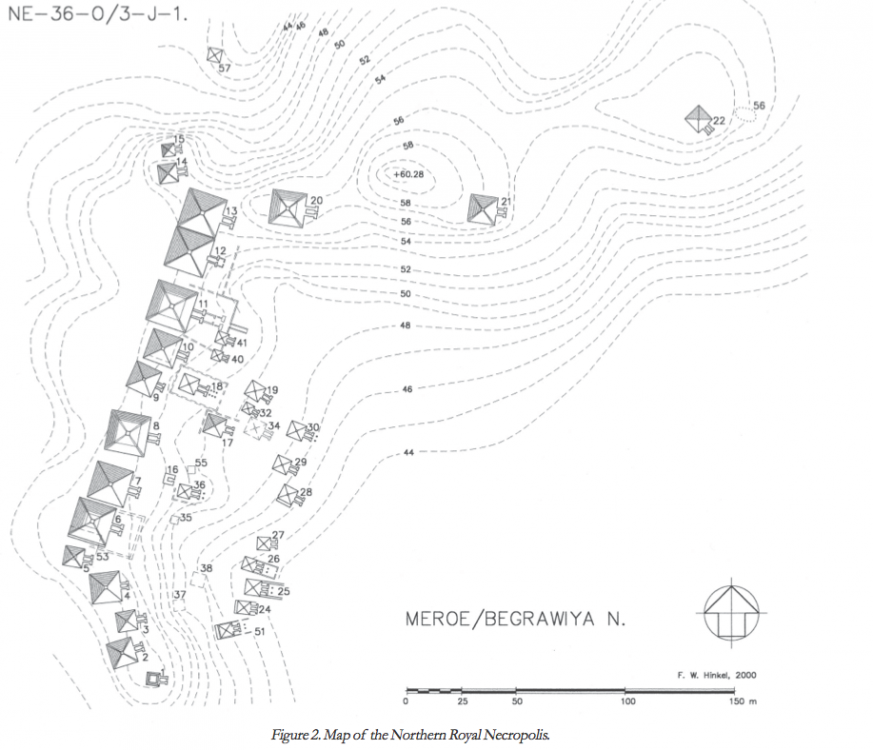
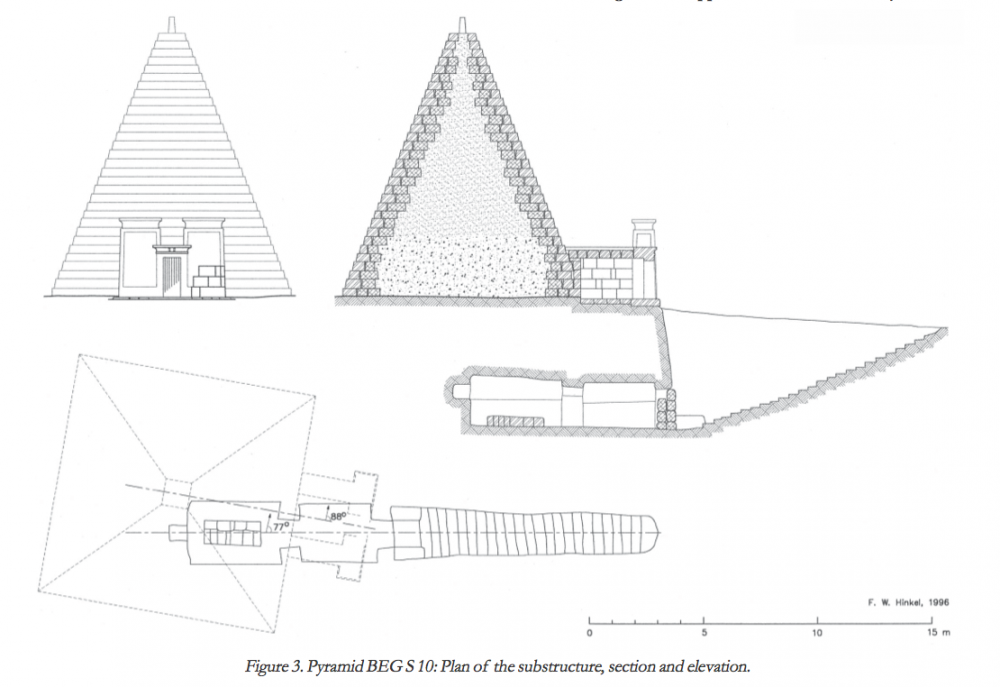
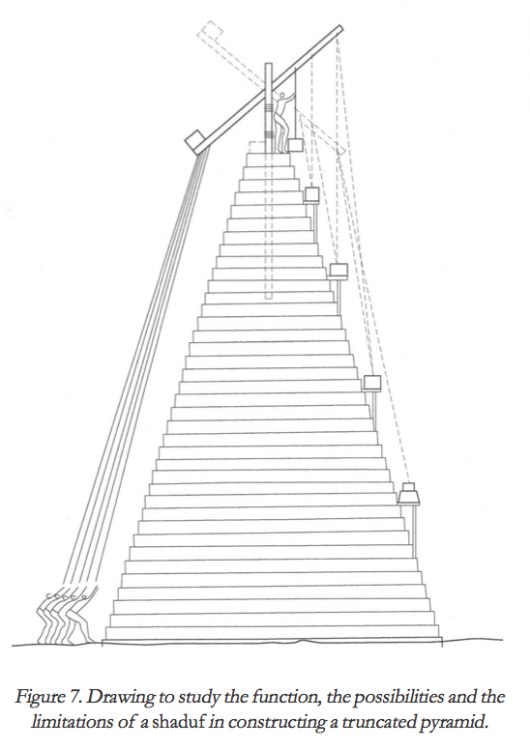
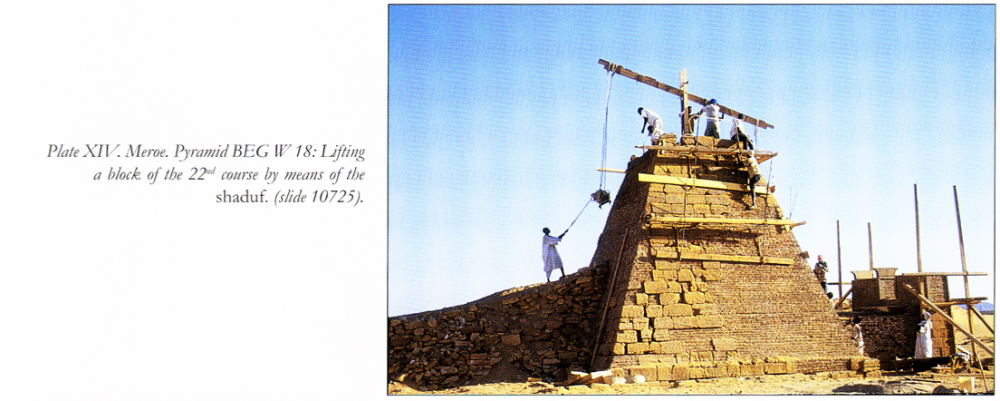
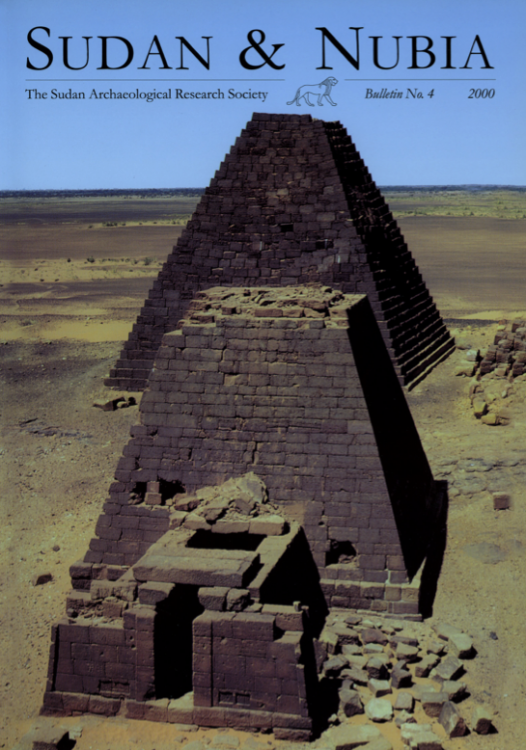
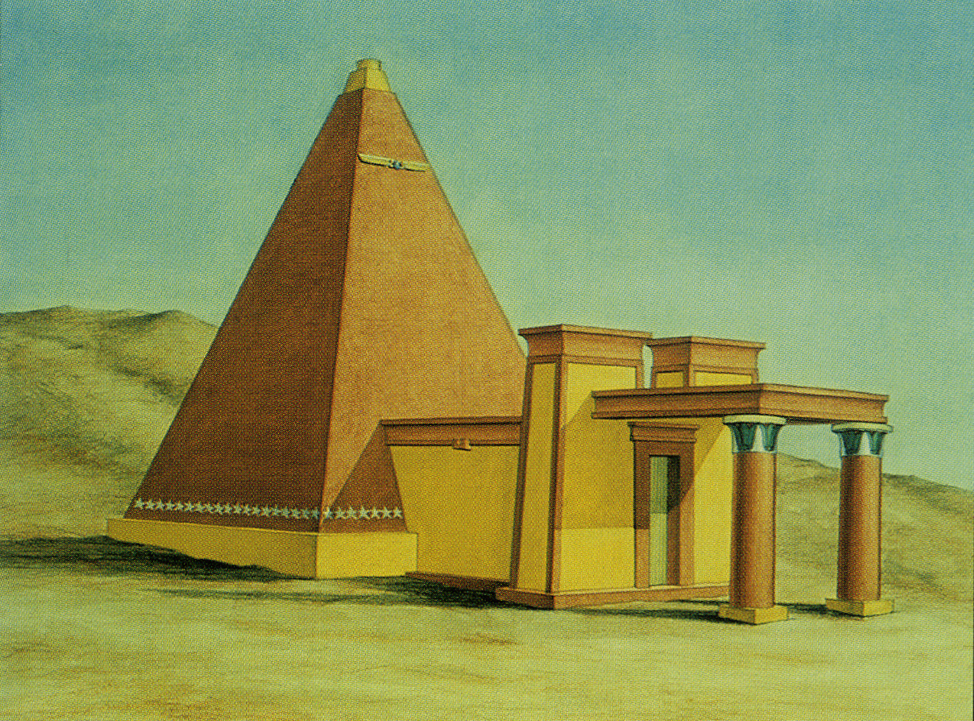
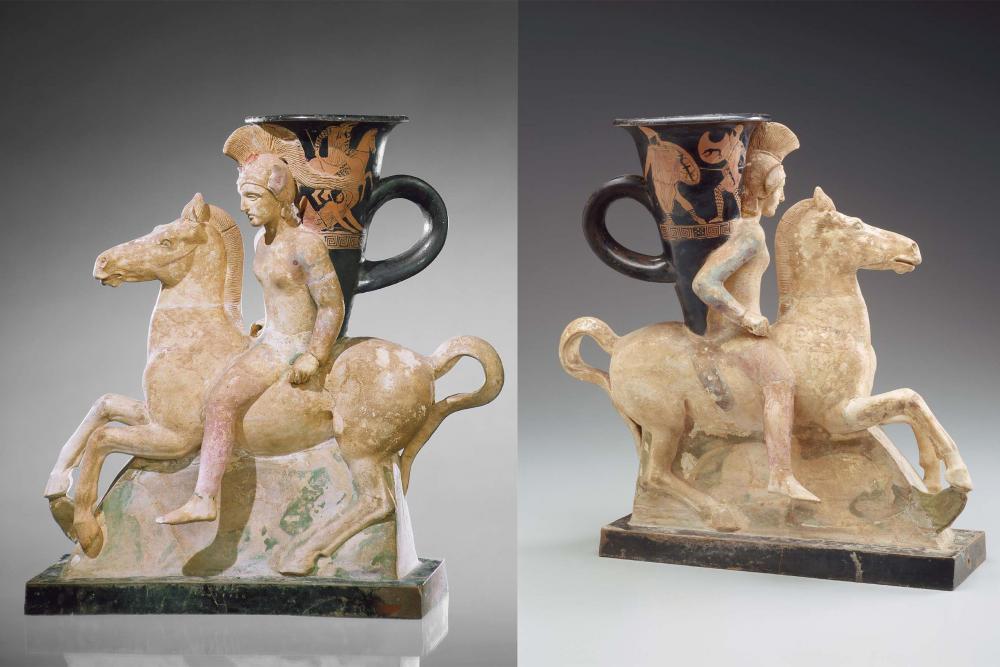
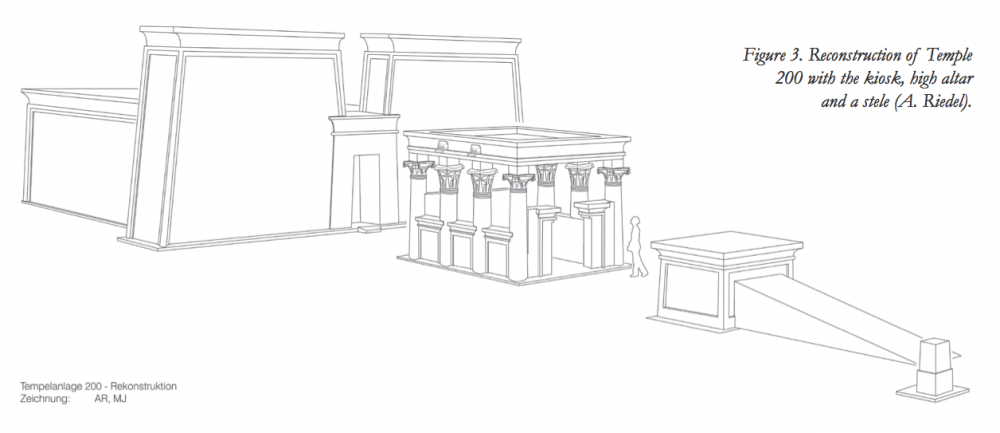
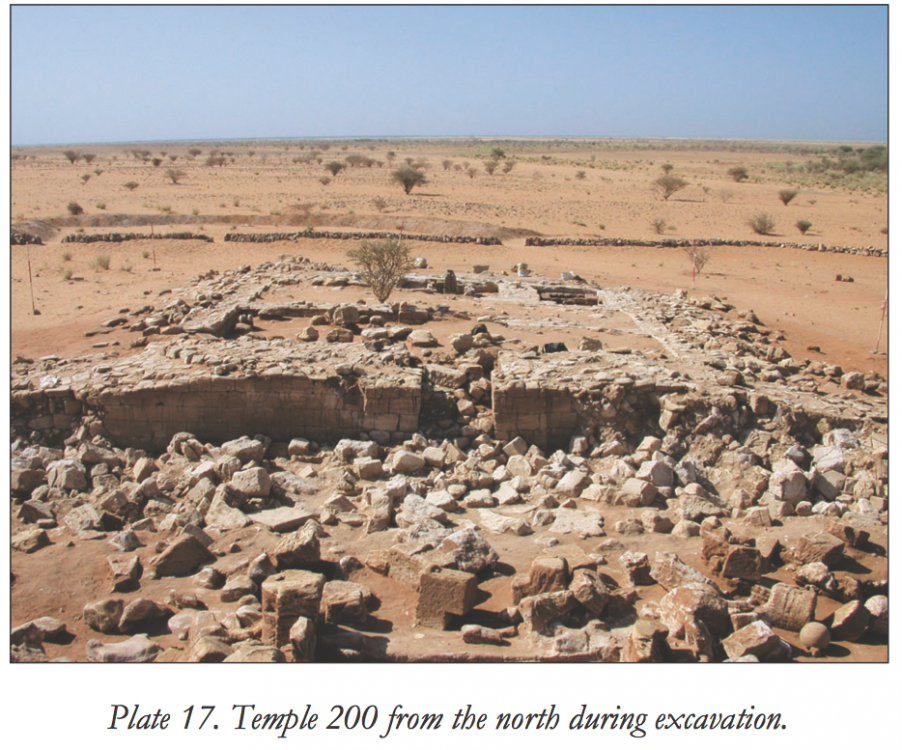
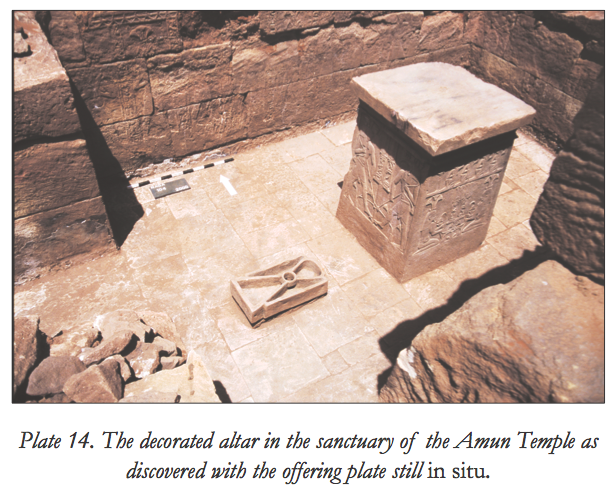
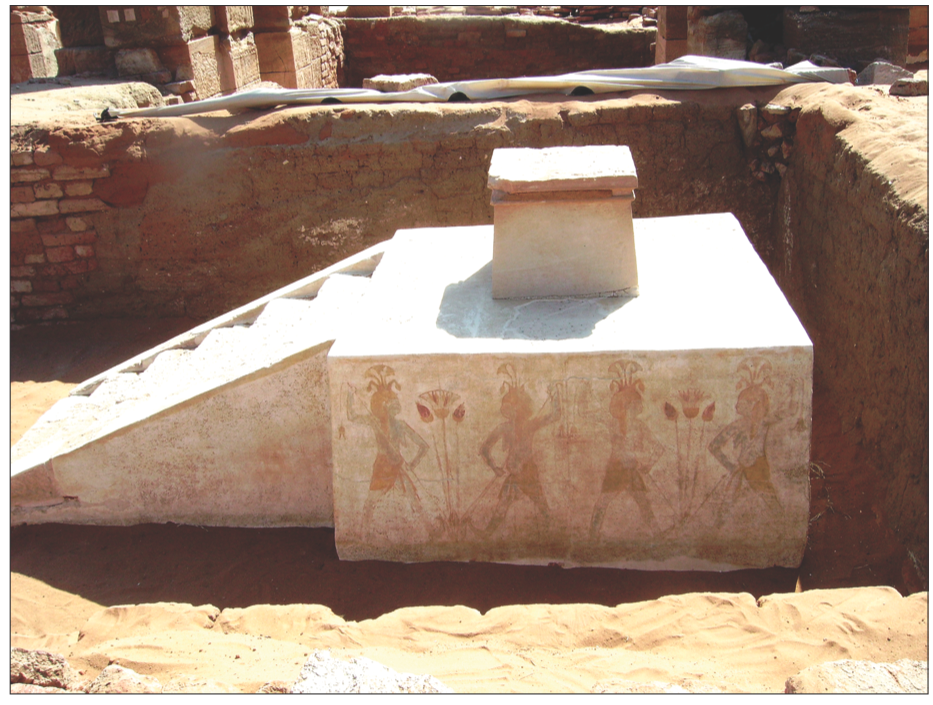
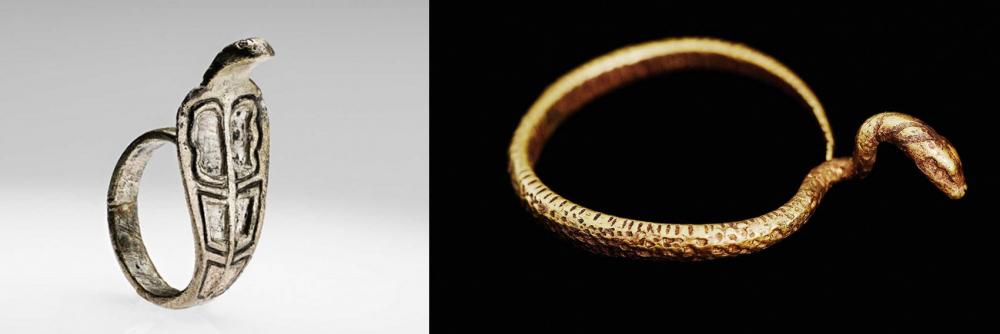
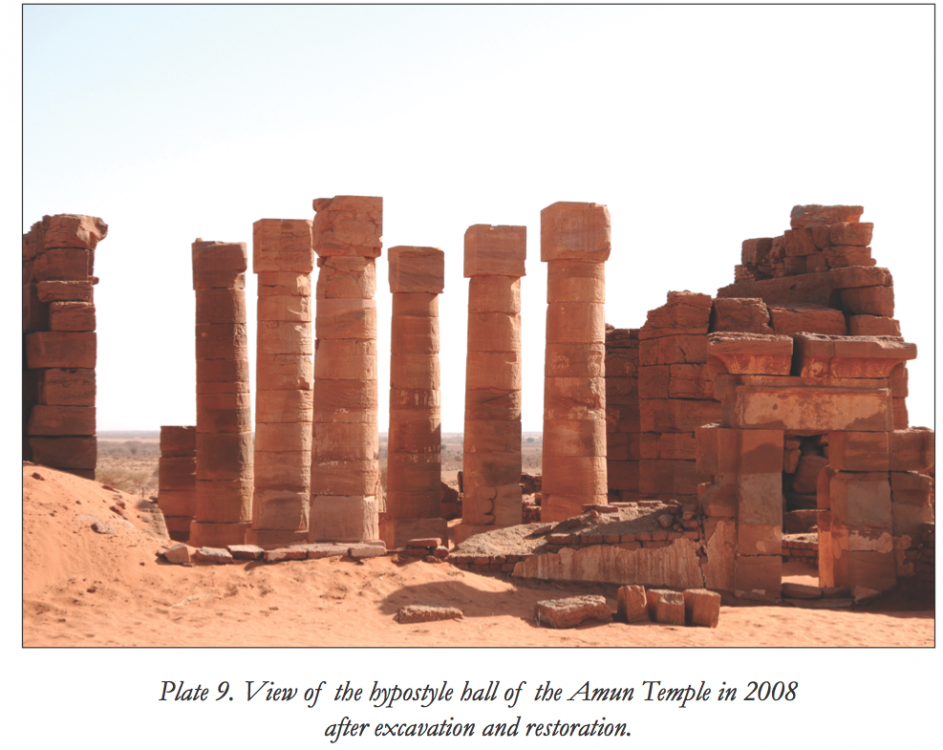
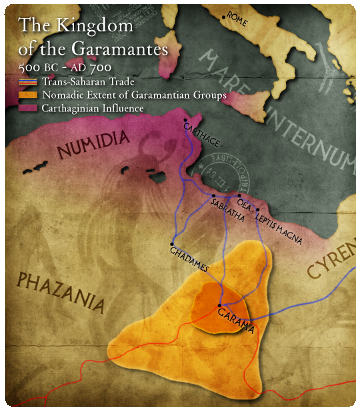
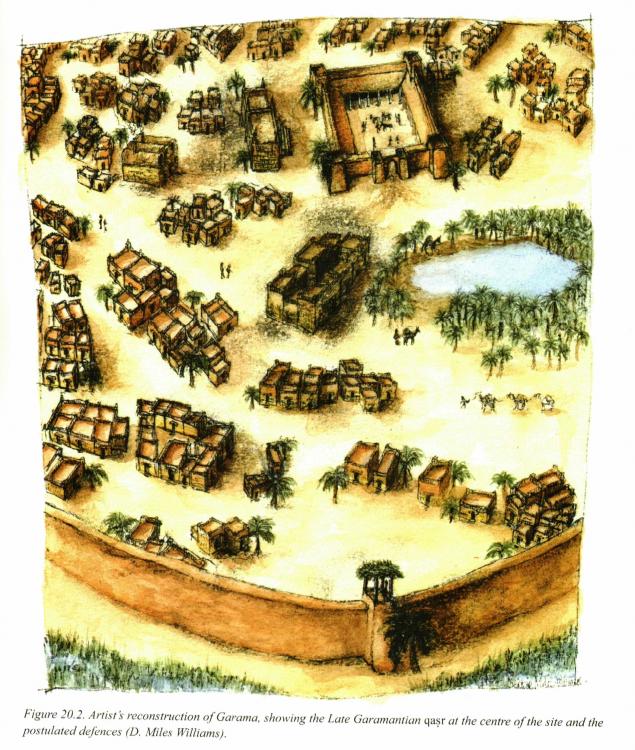
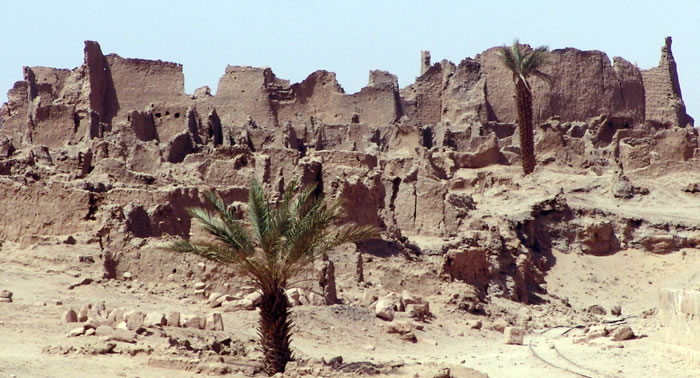
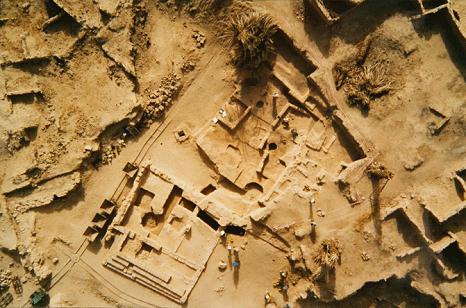
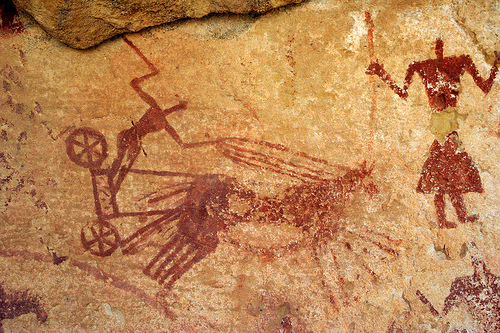
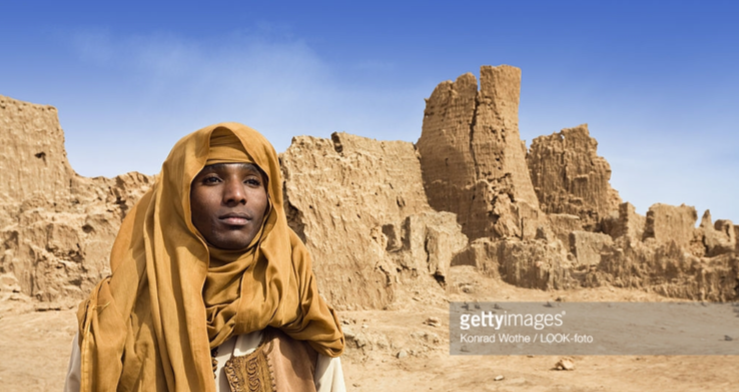
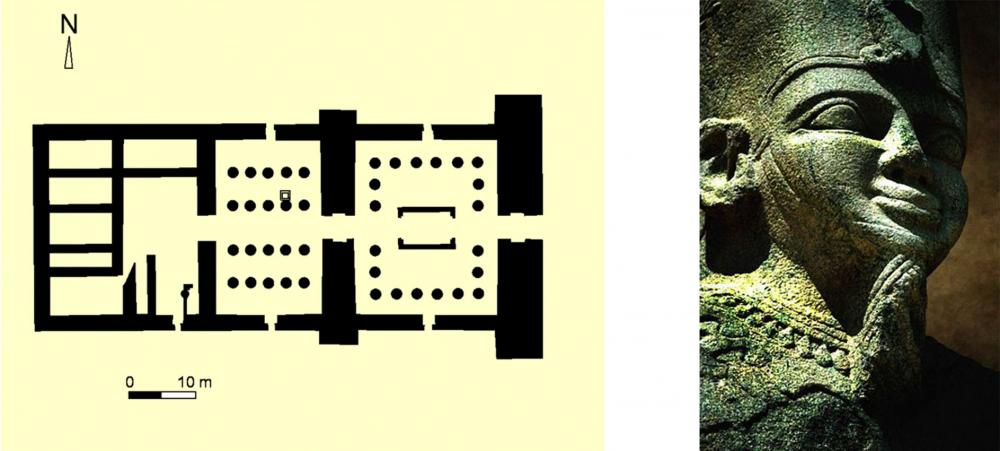
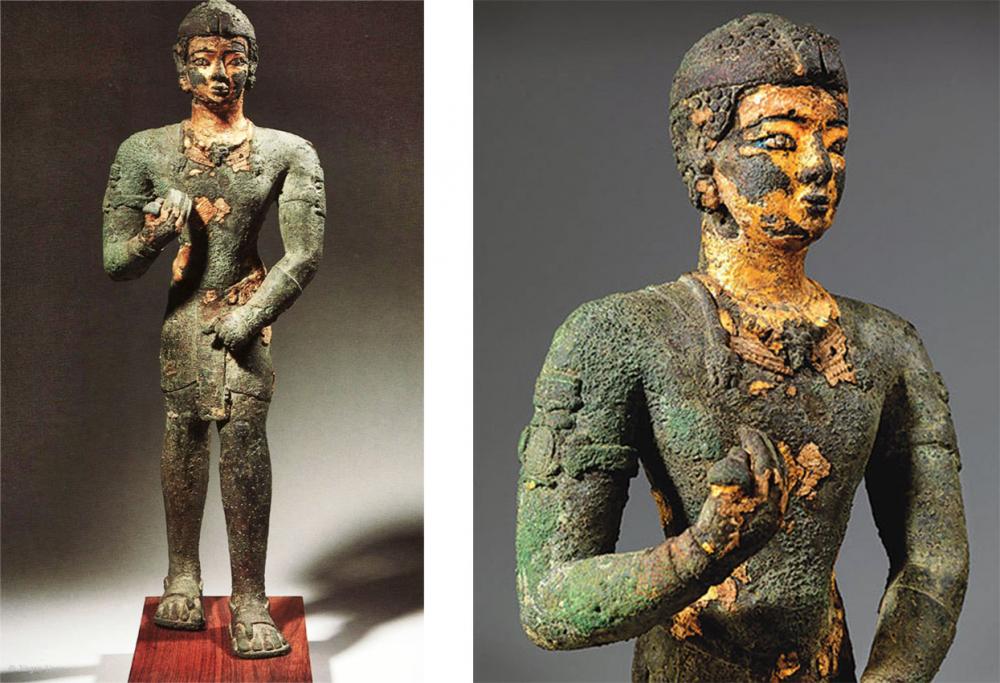


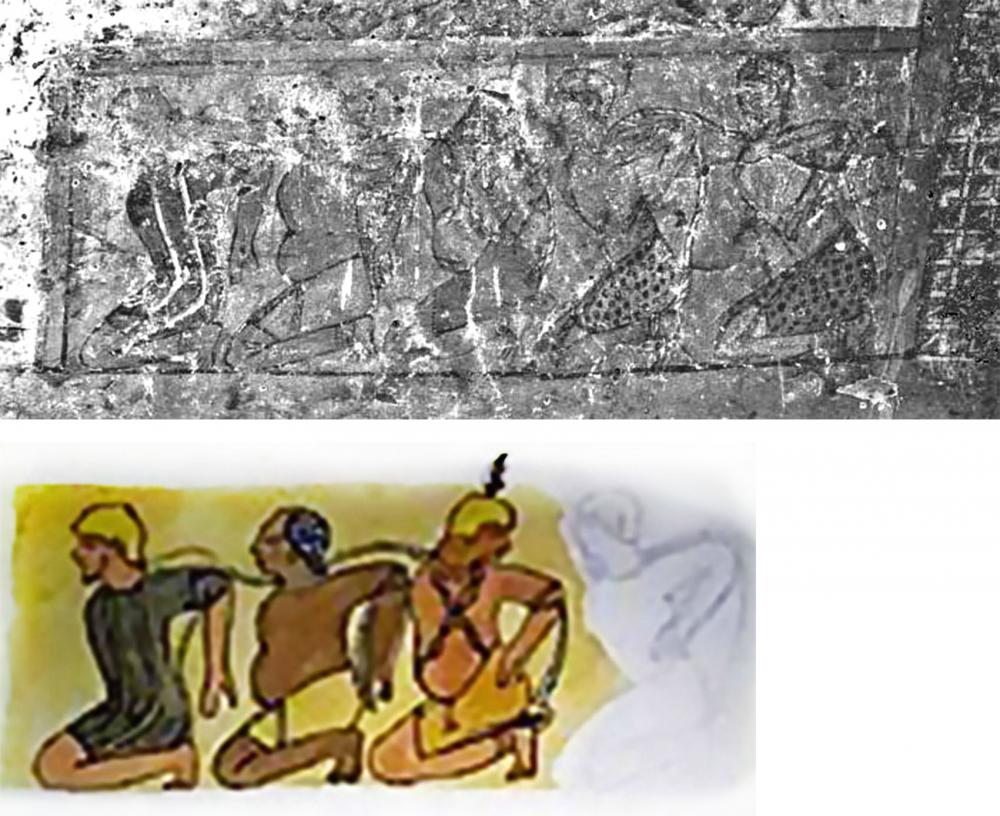
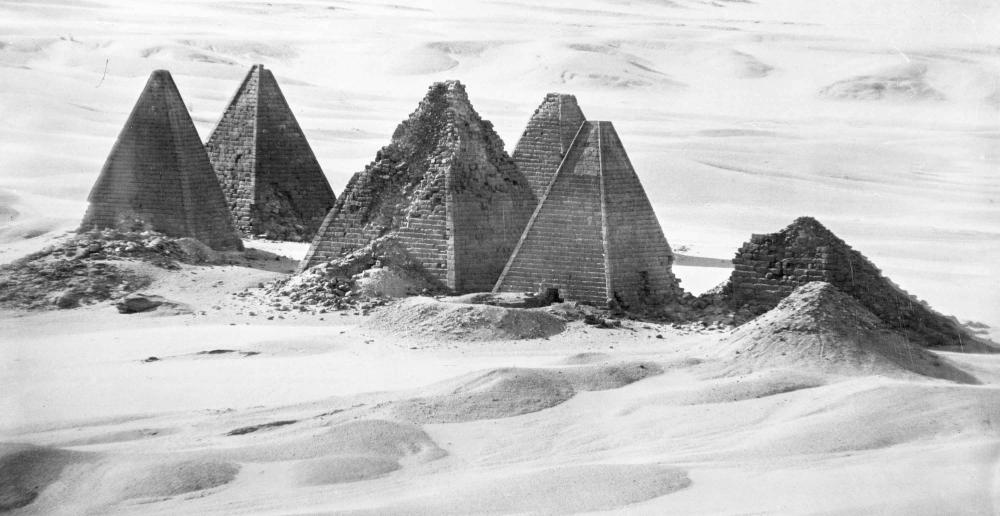

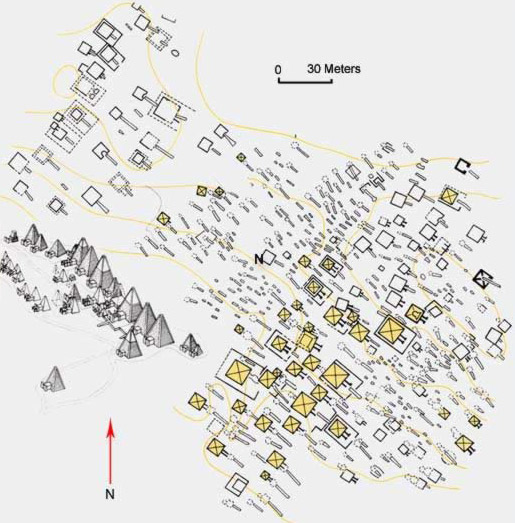
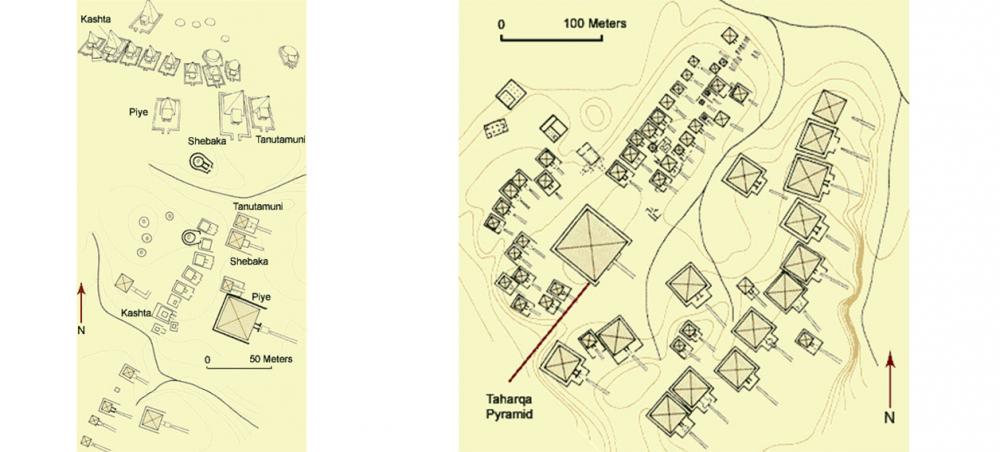











ofKush.jpg.115f54af8619e2ec42ed5f863a479c24.jpg)
